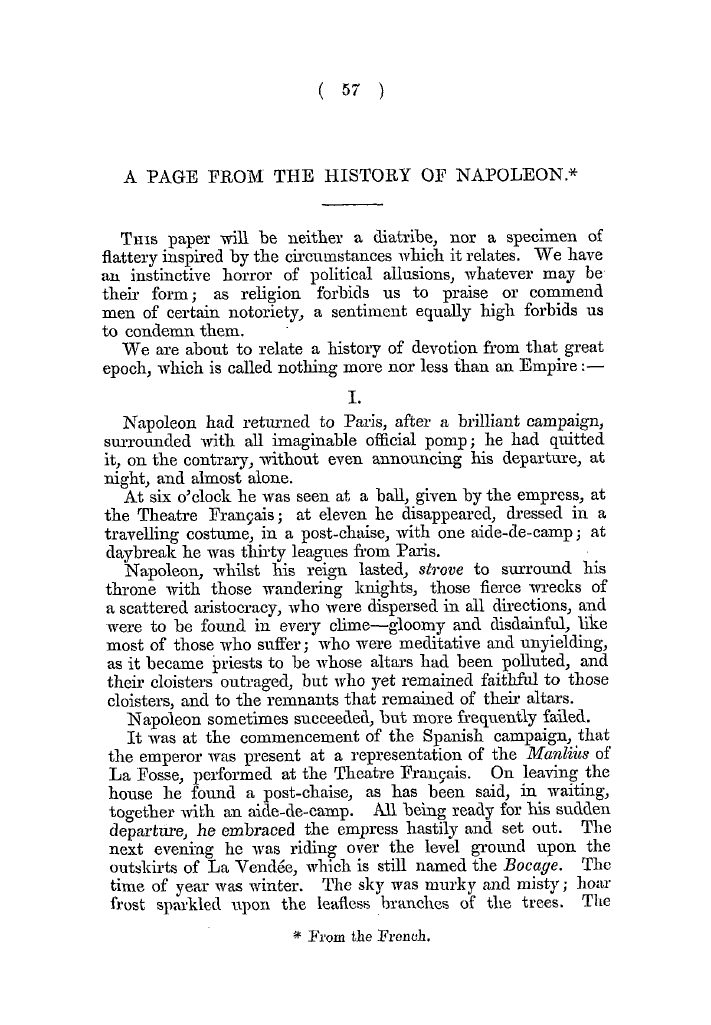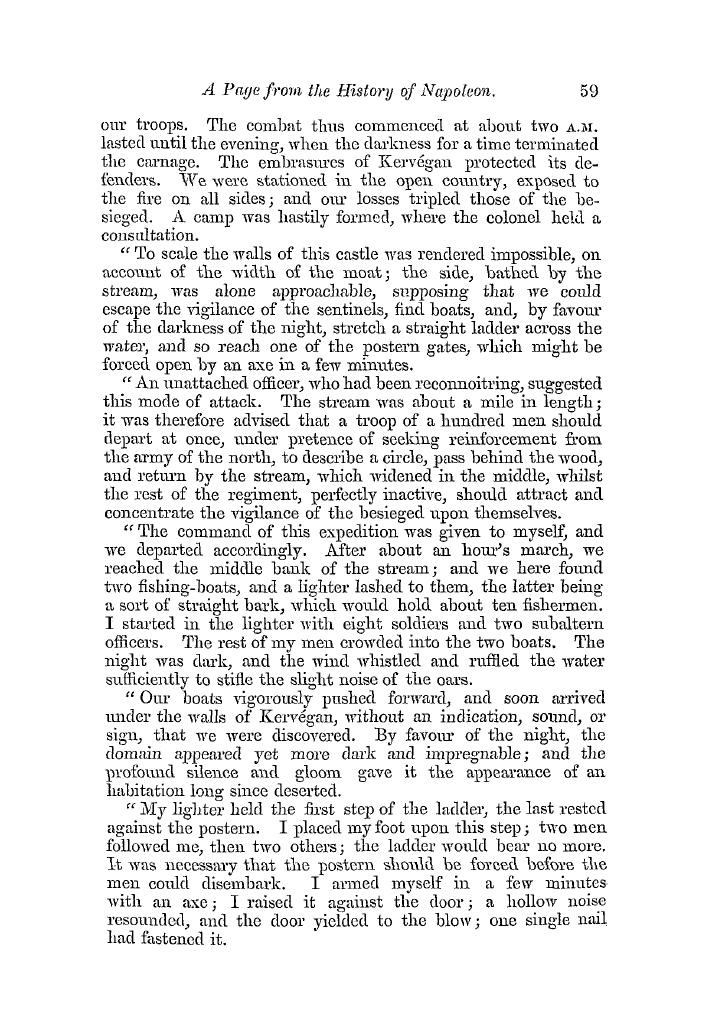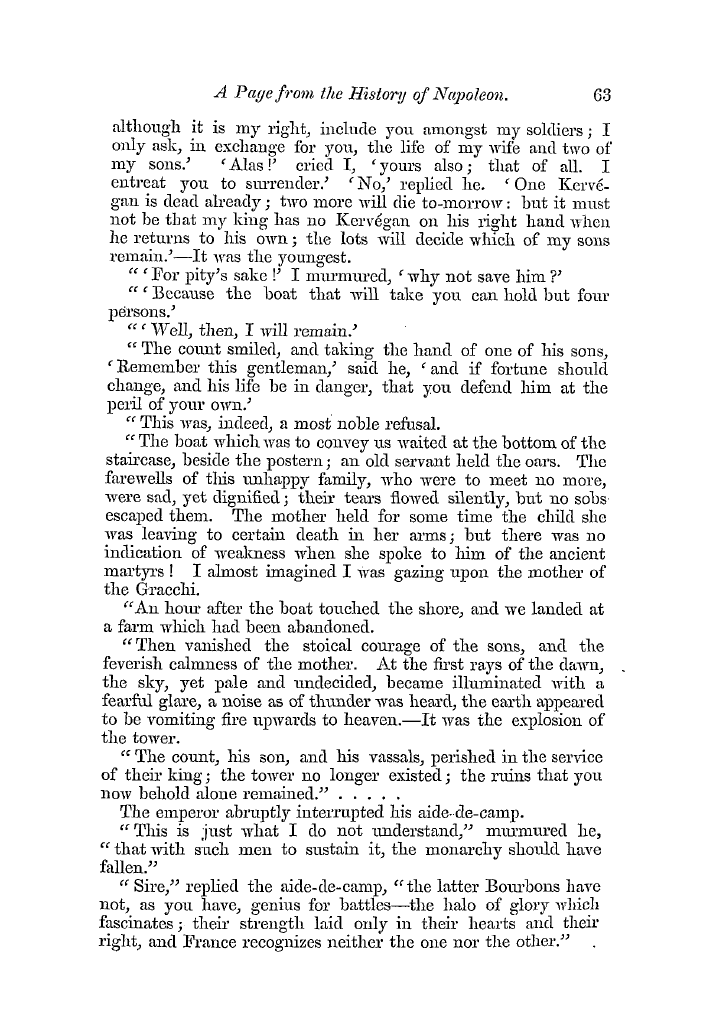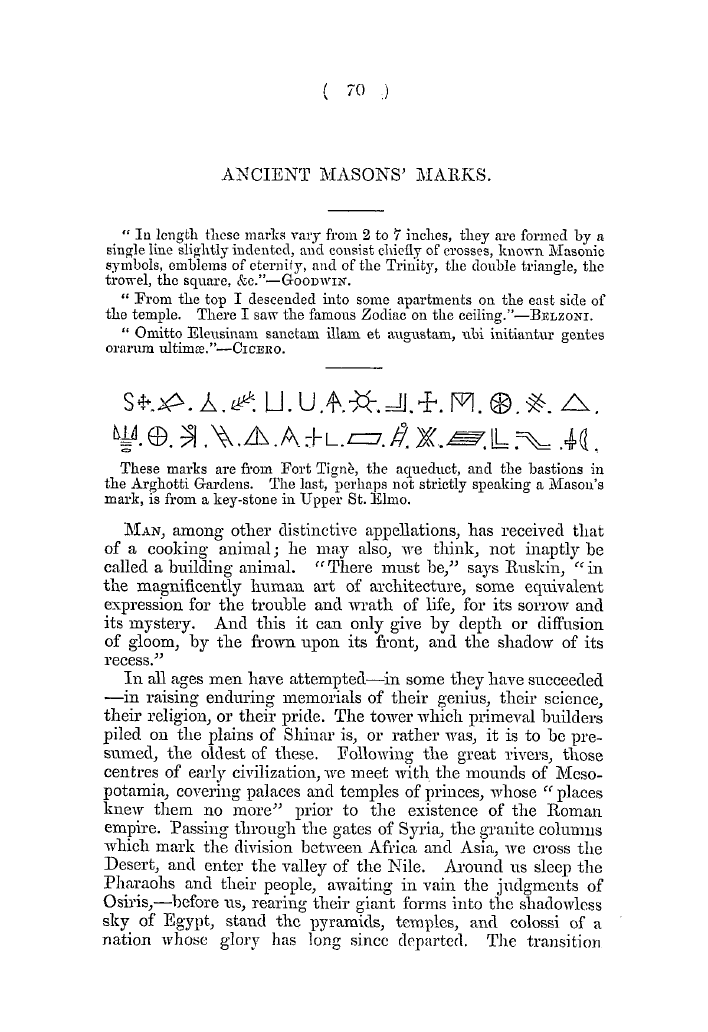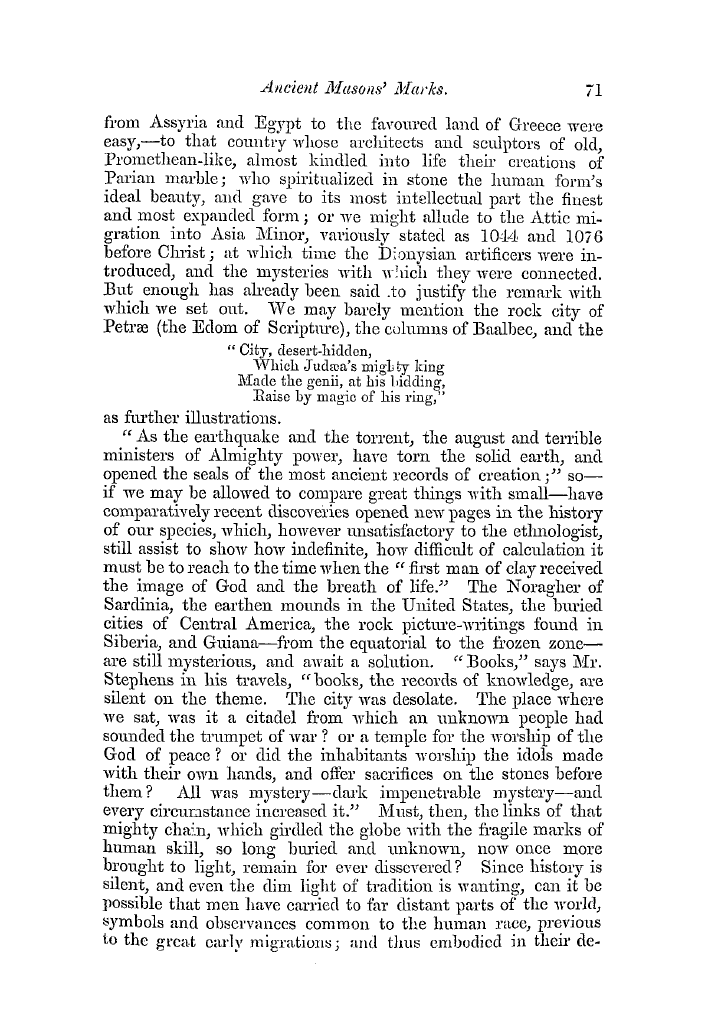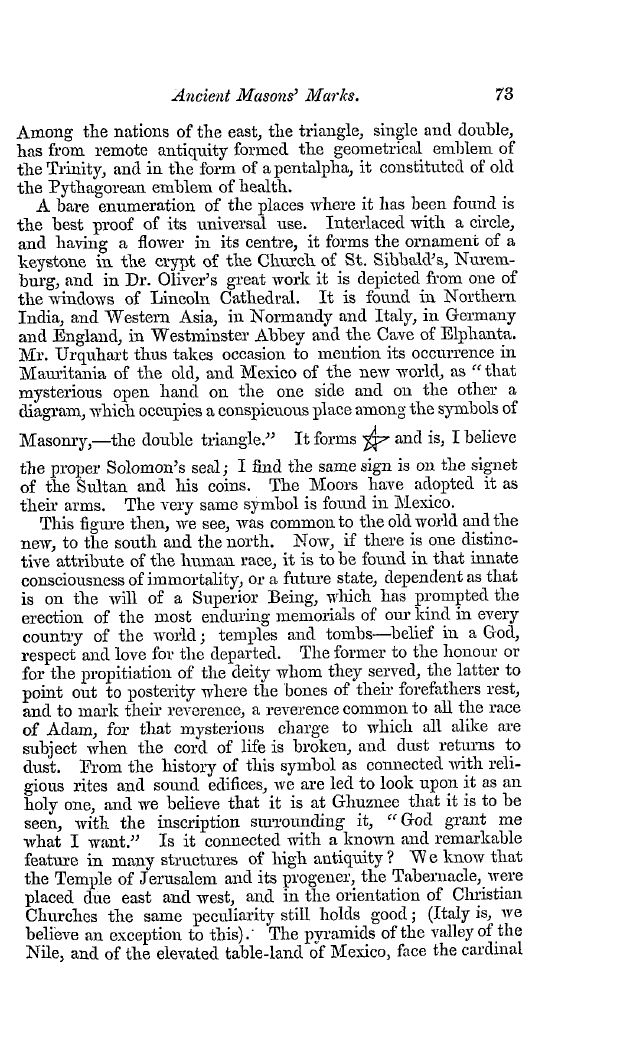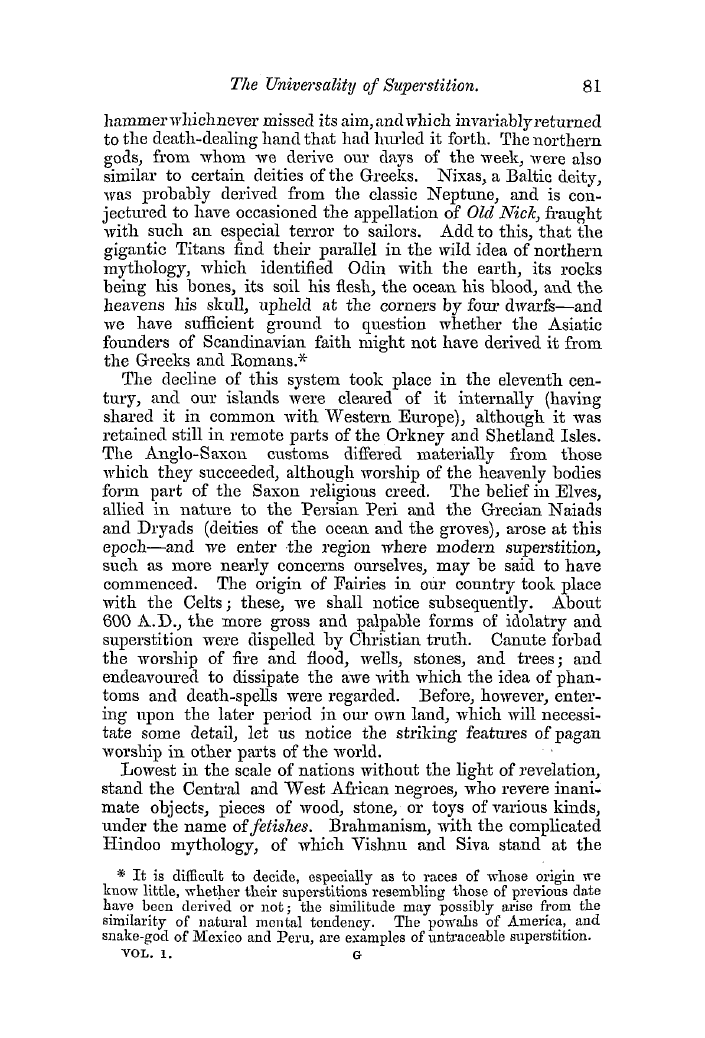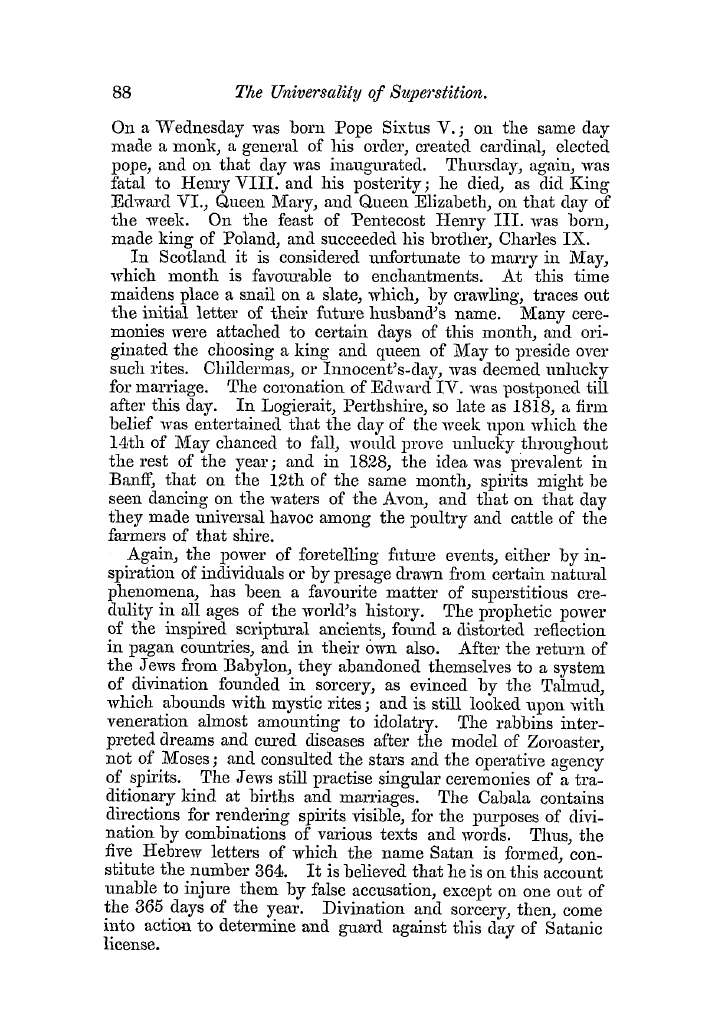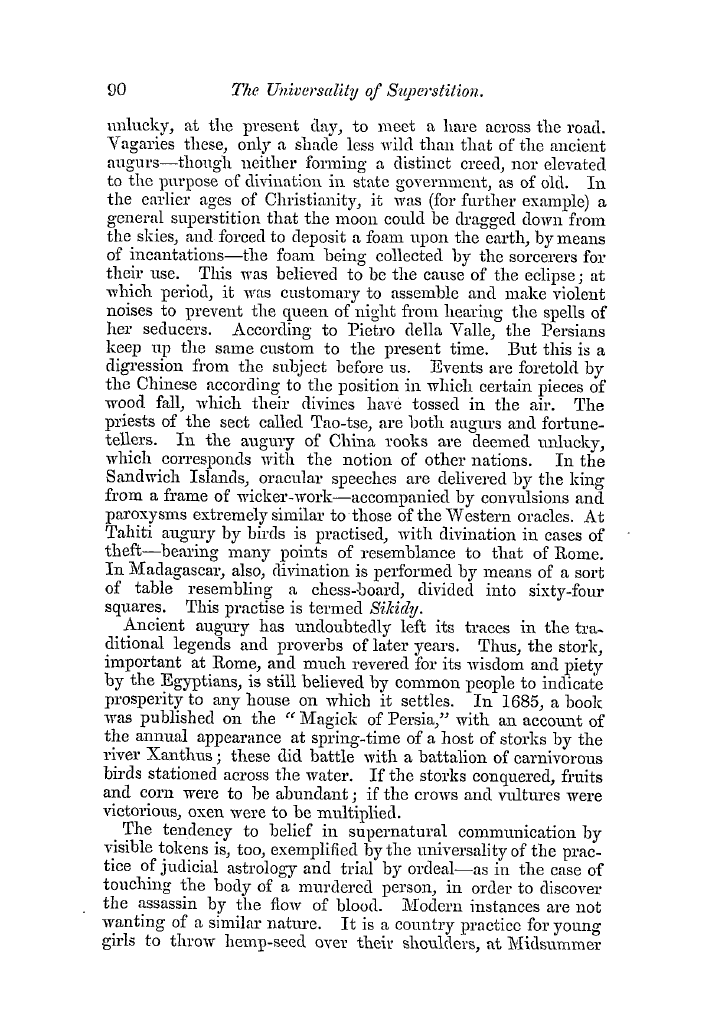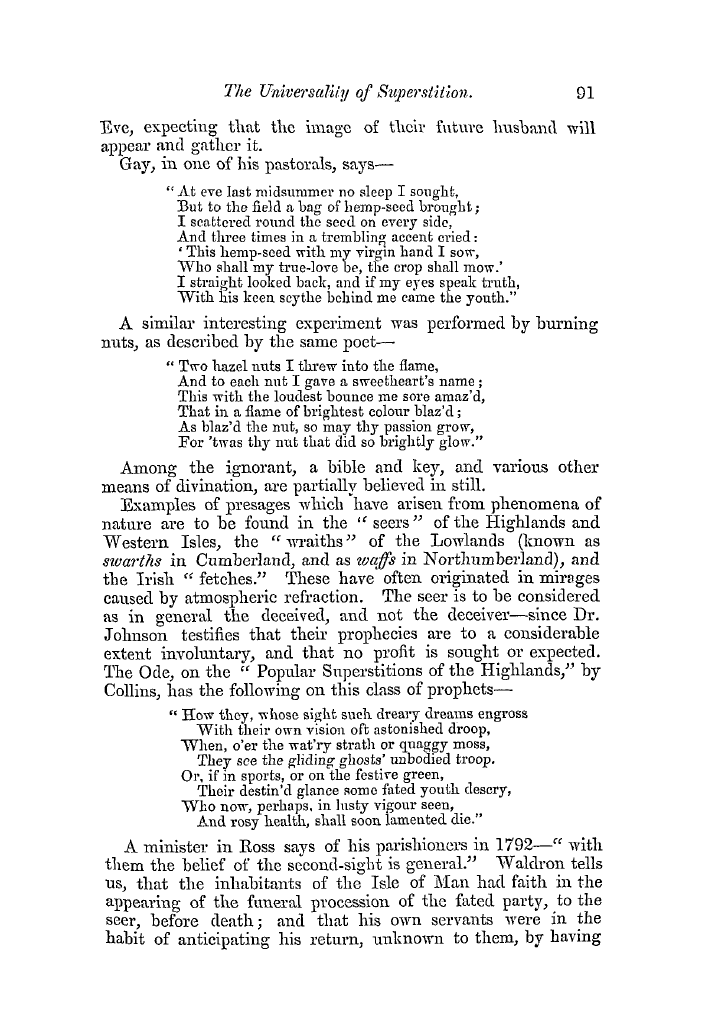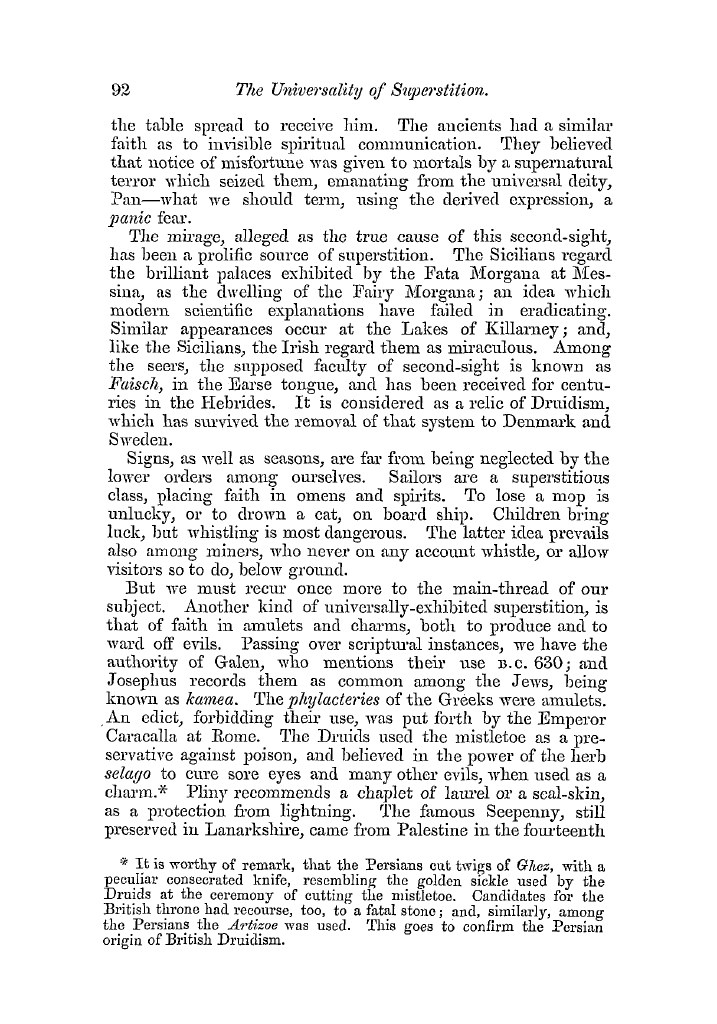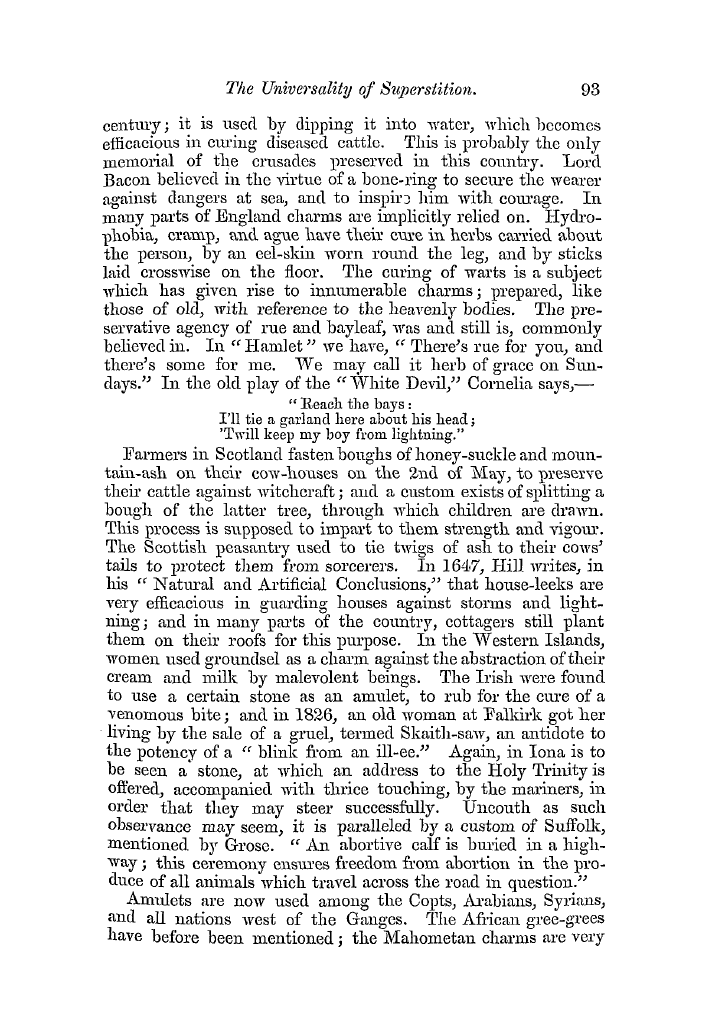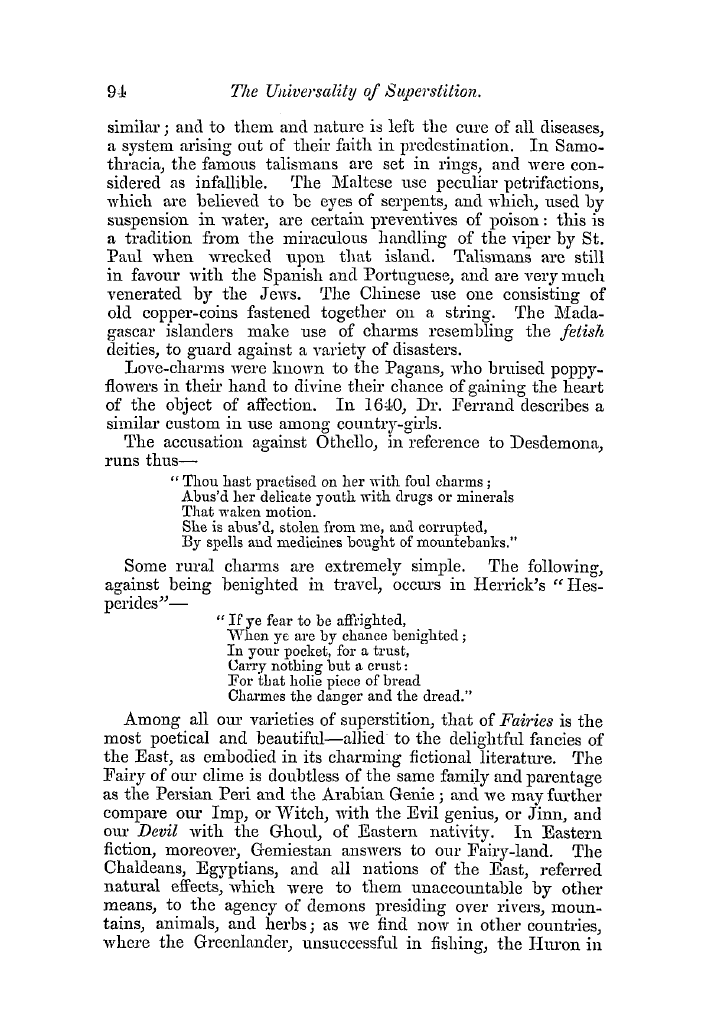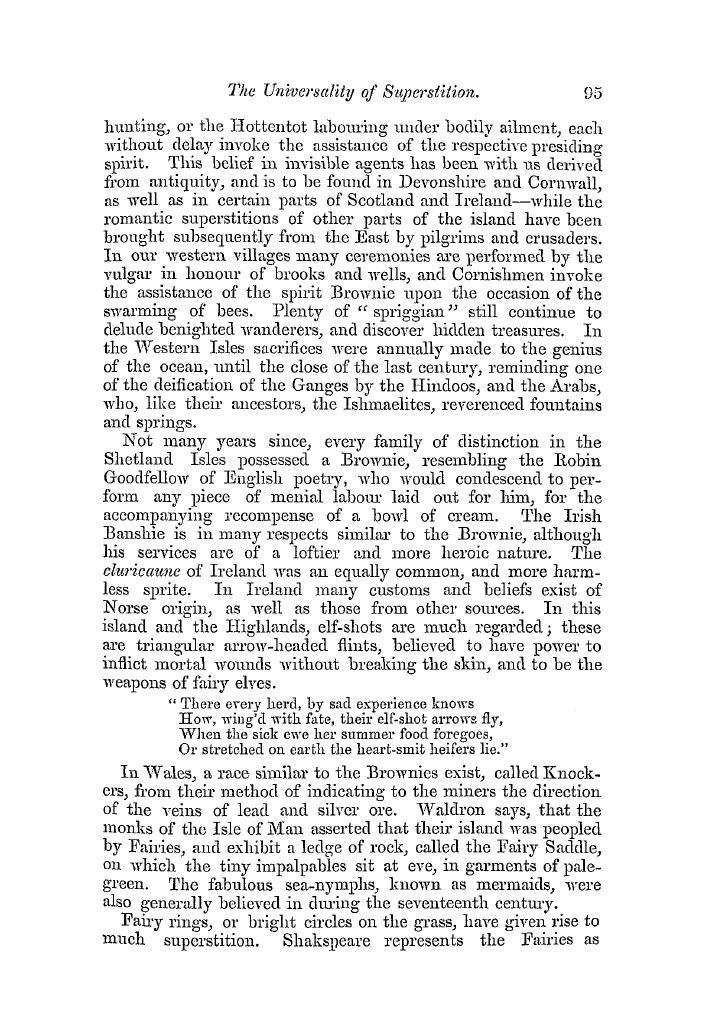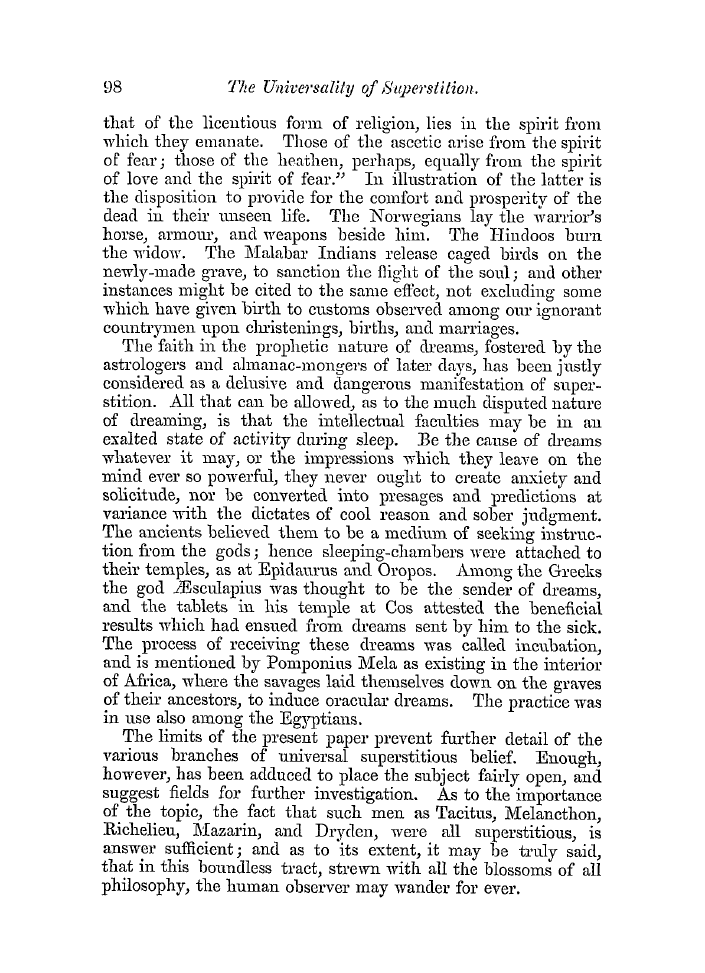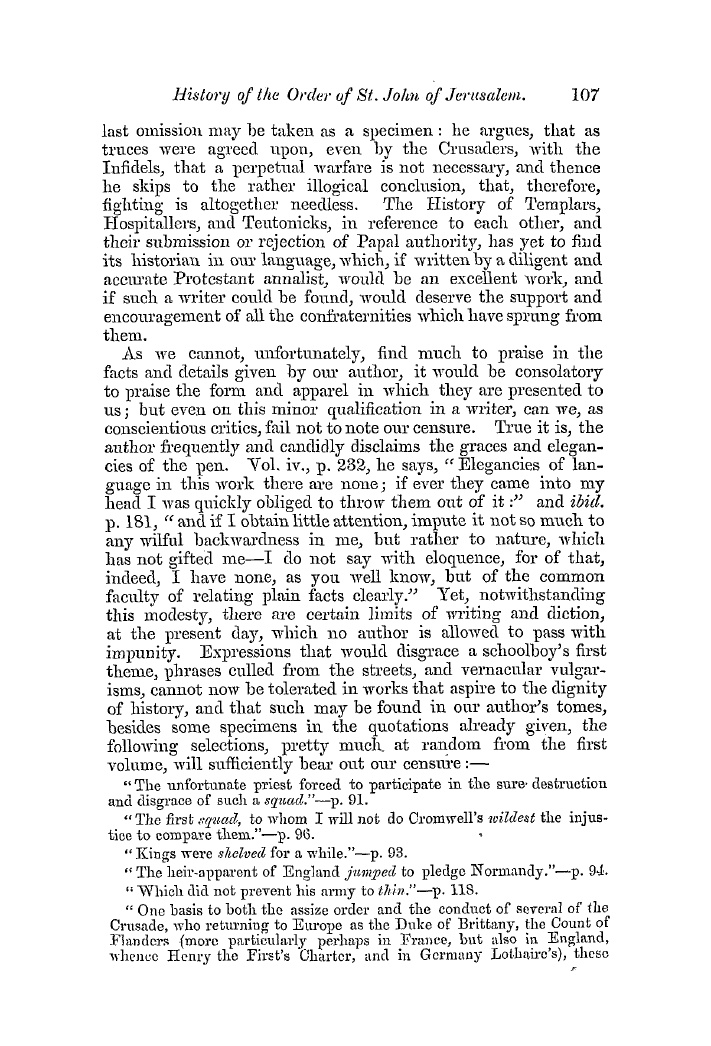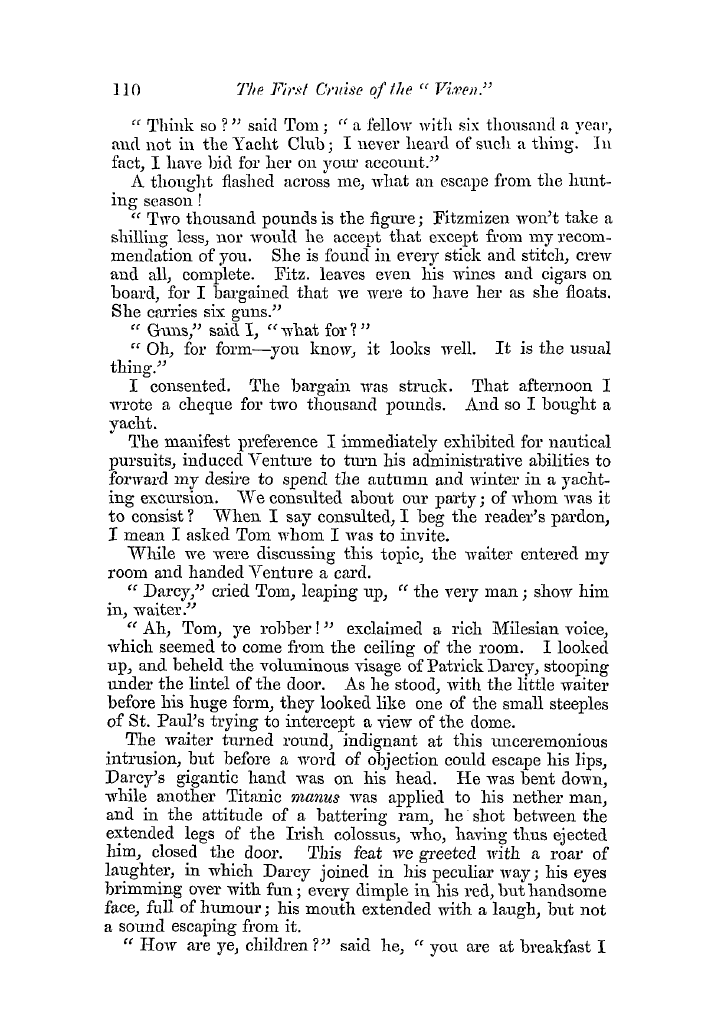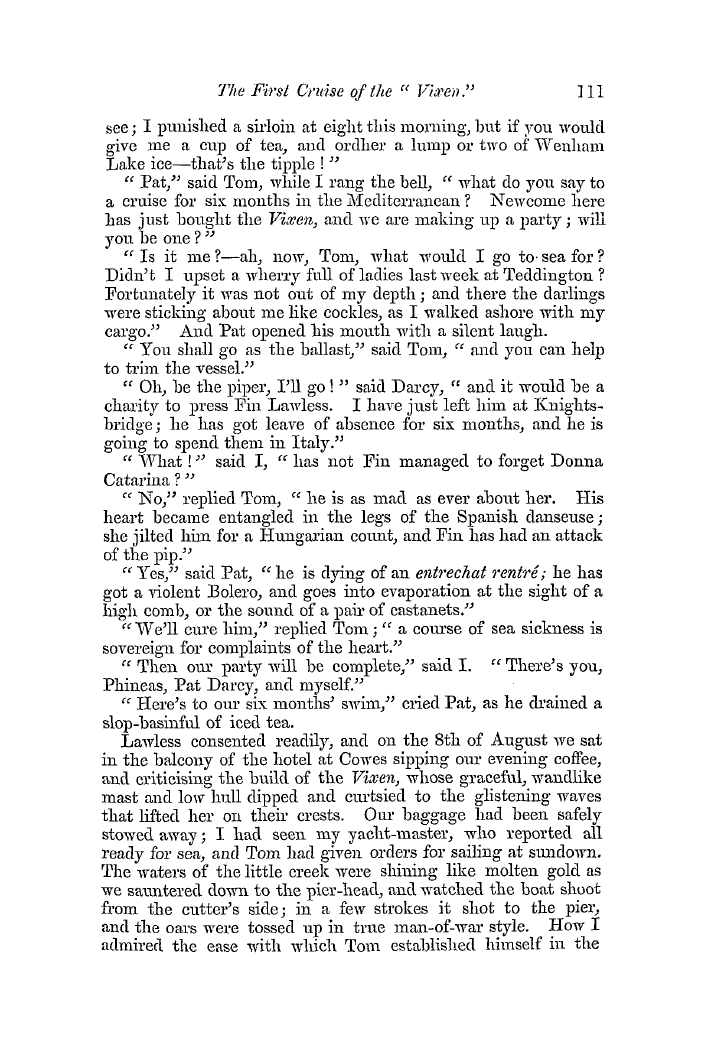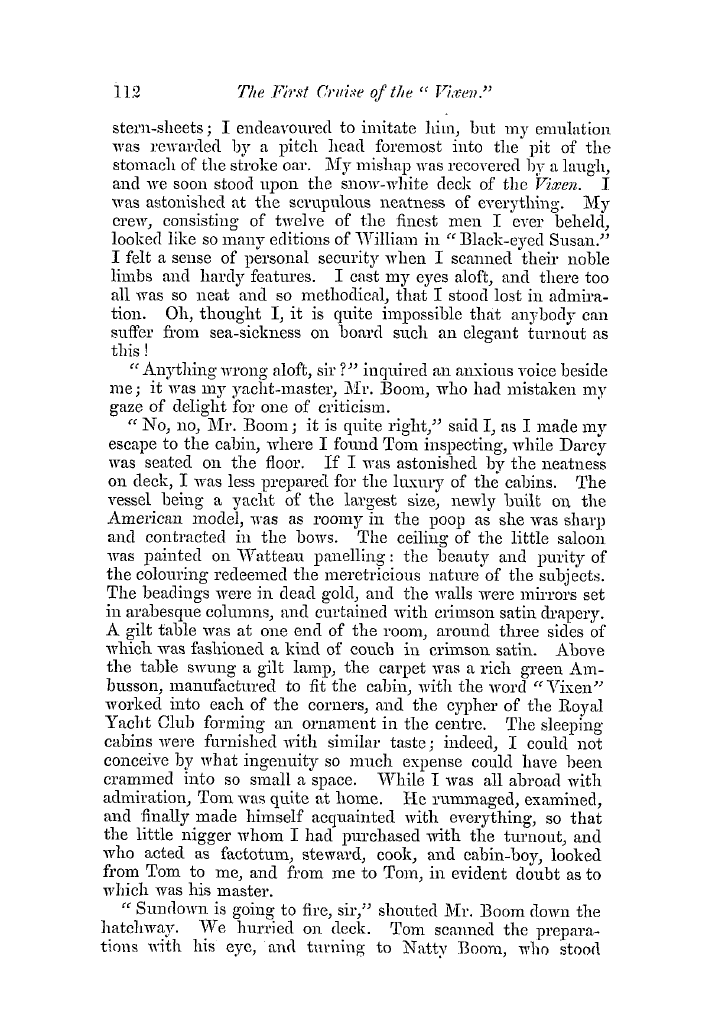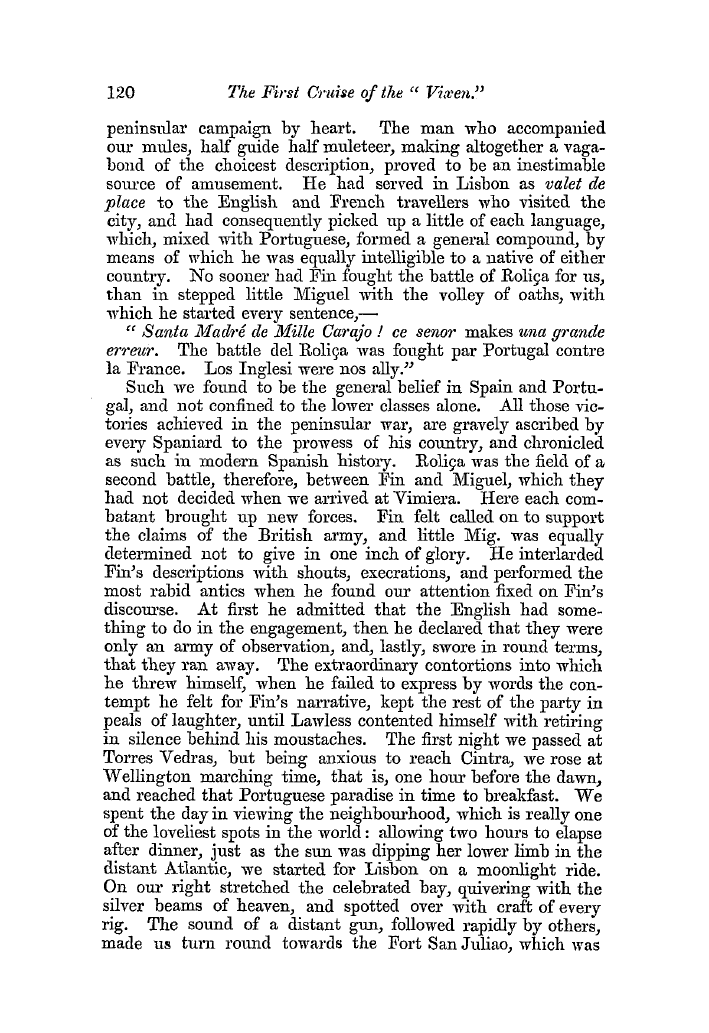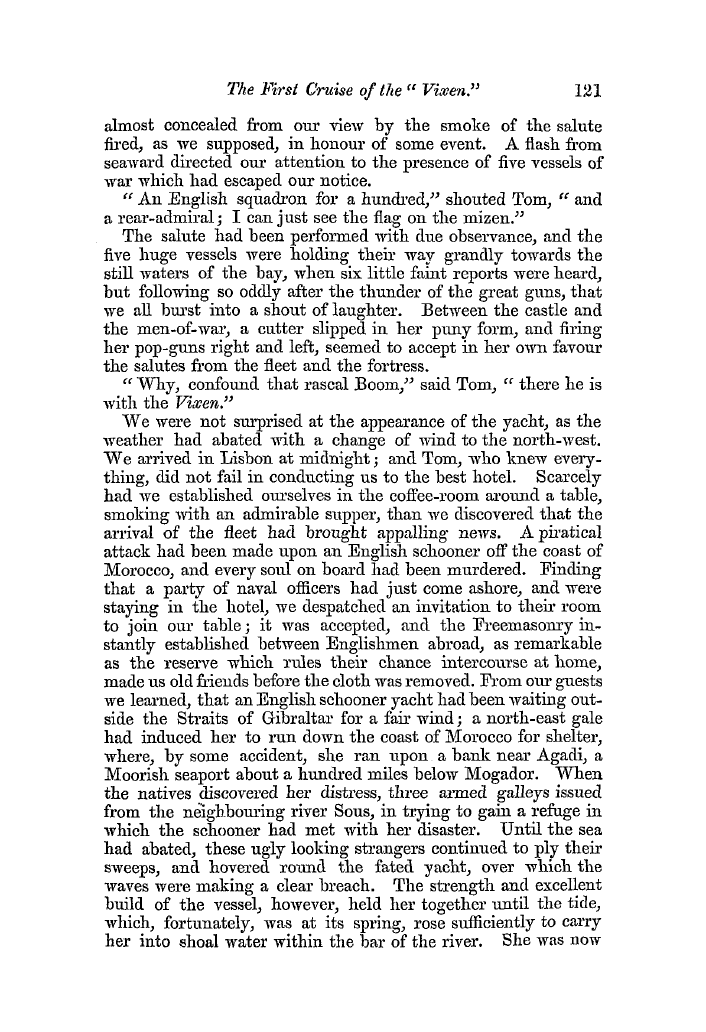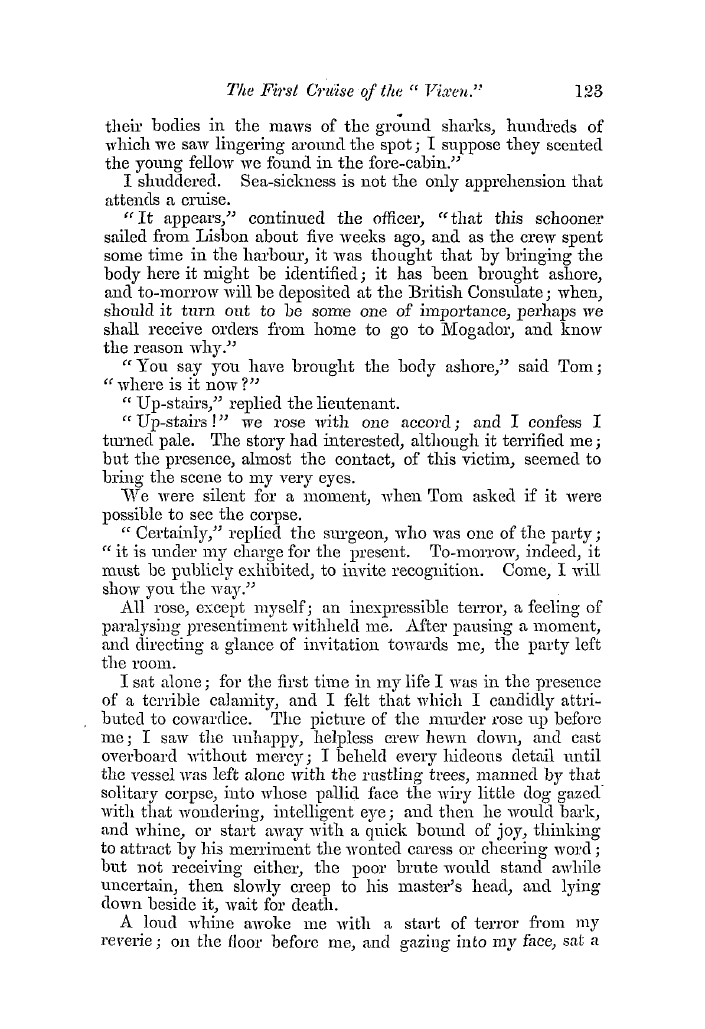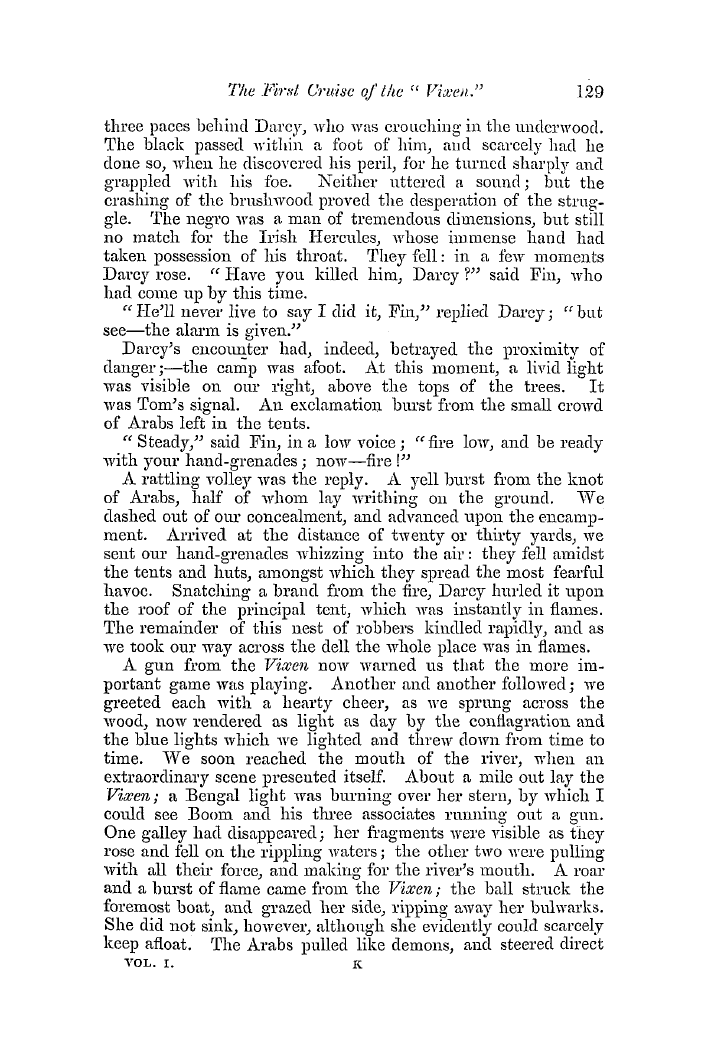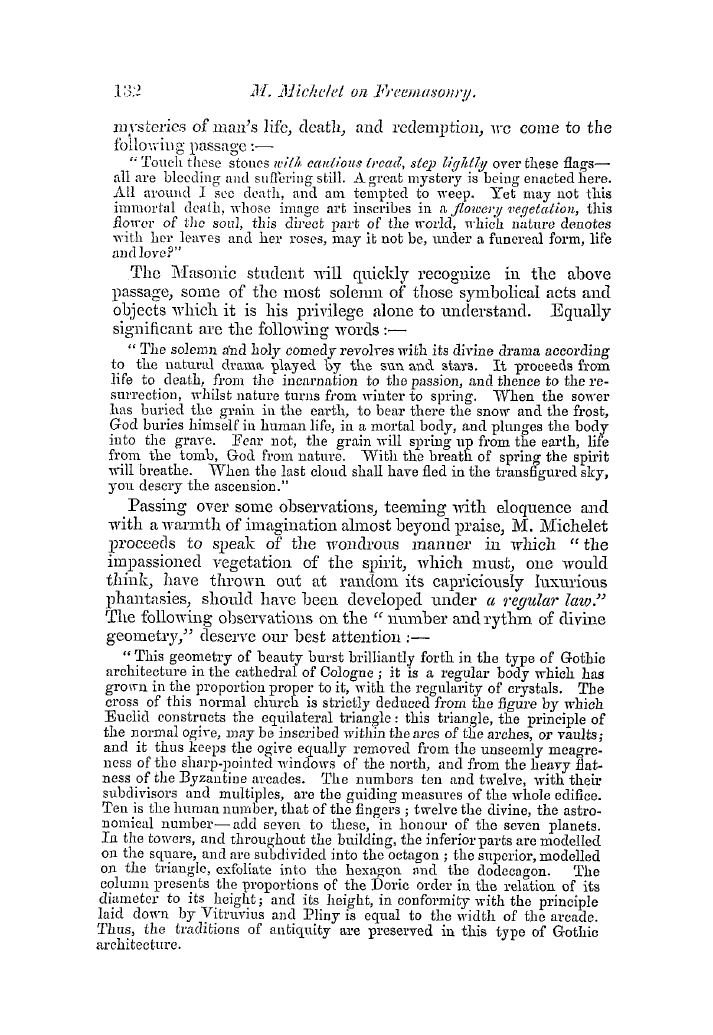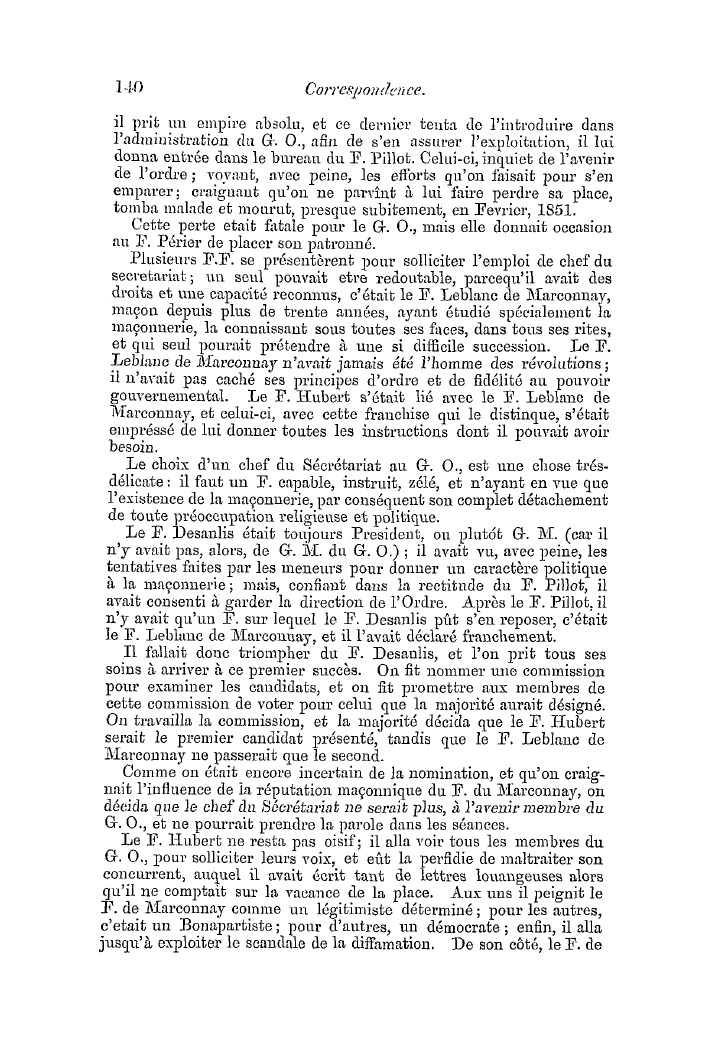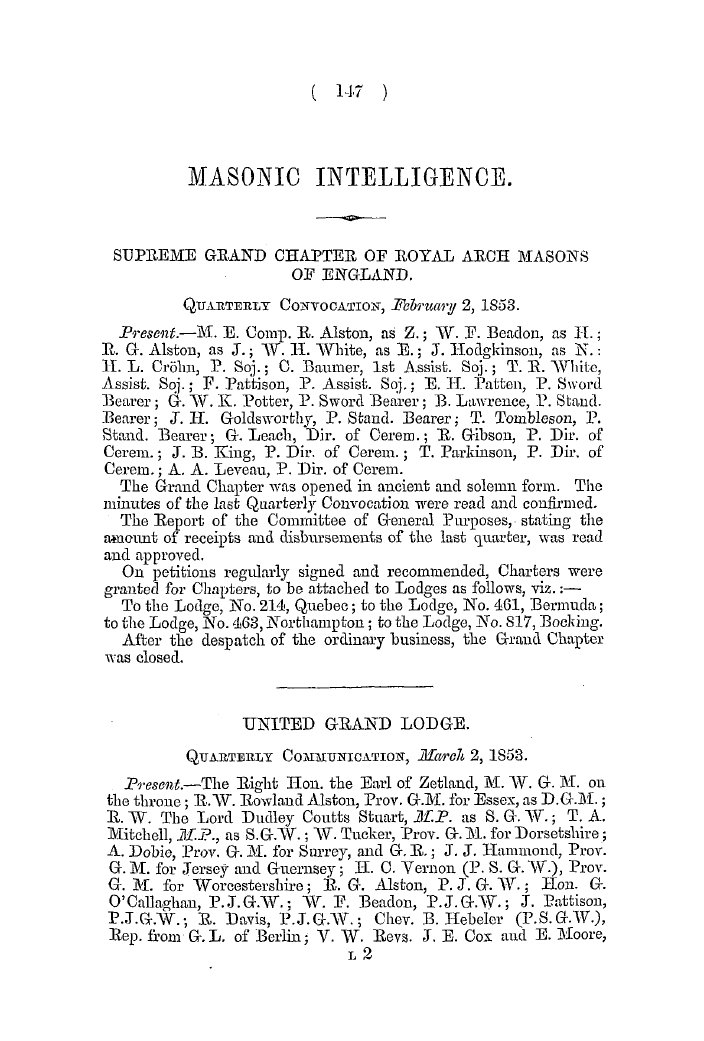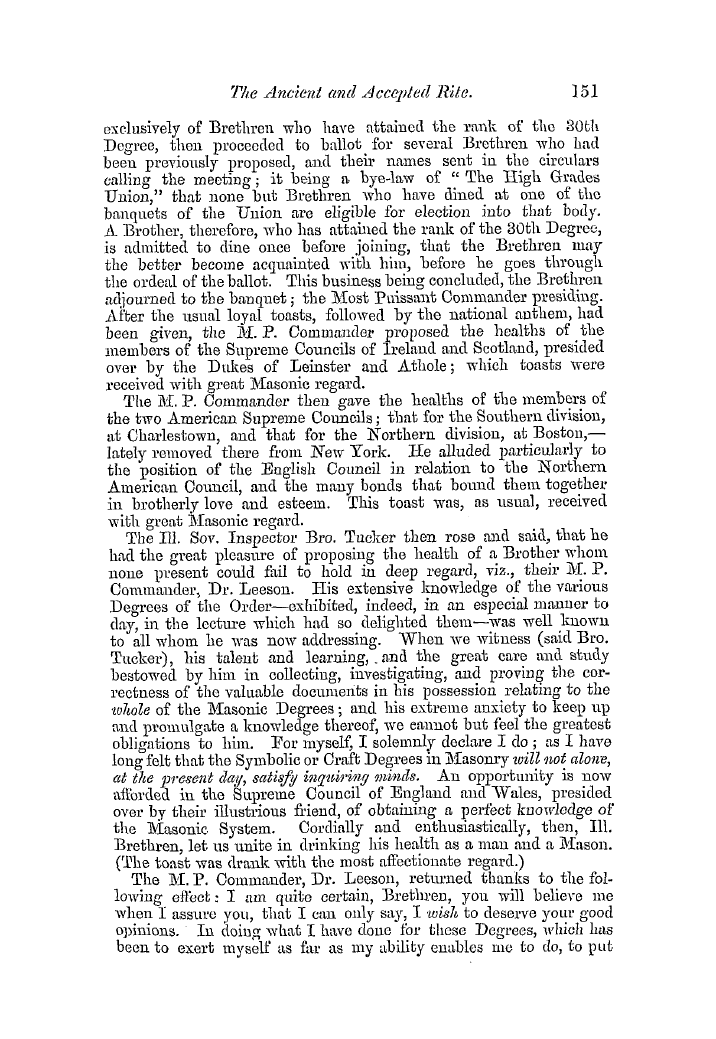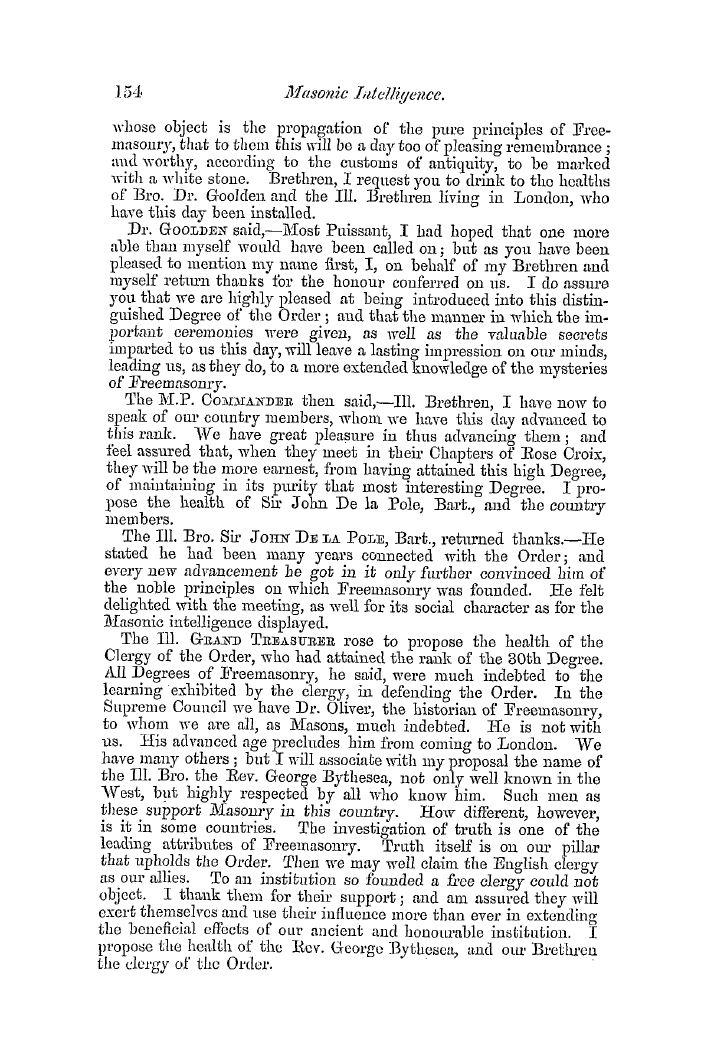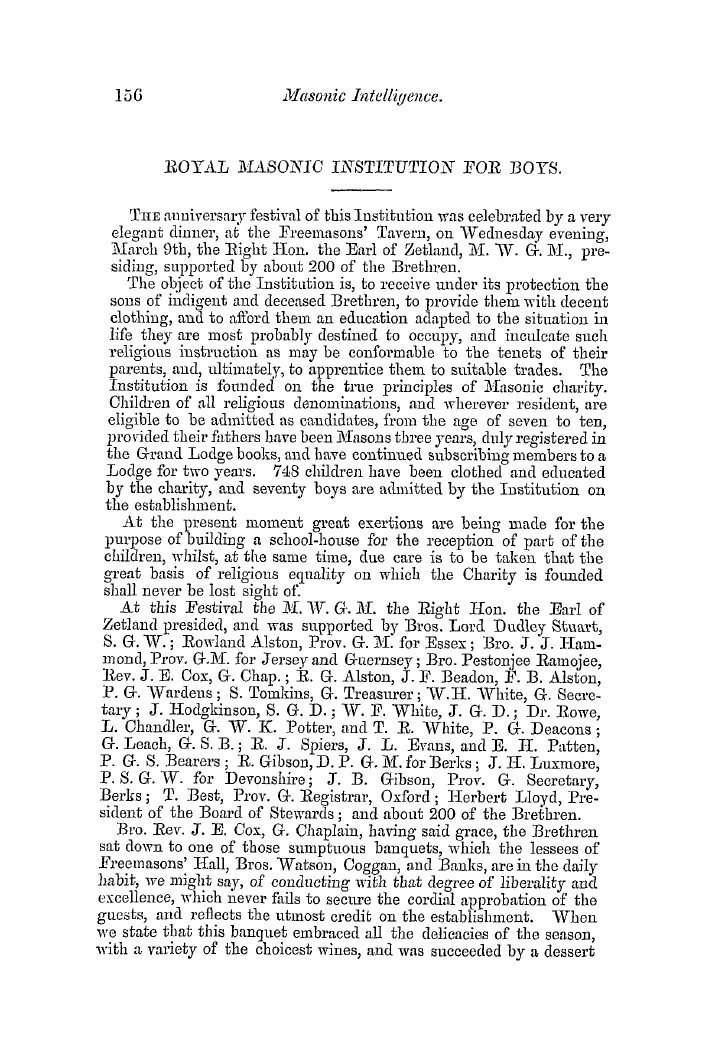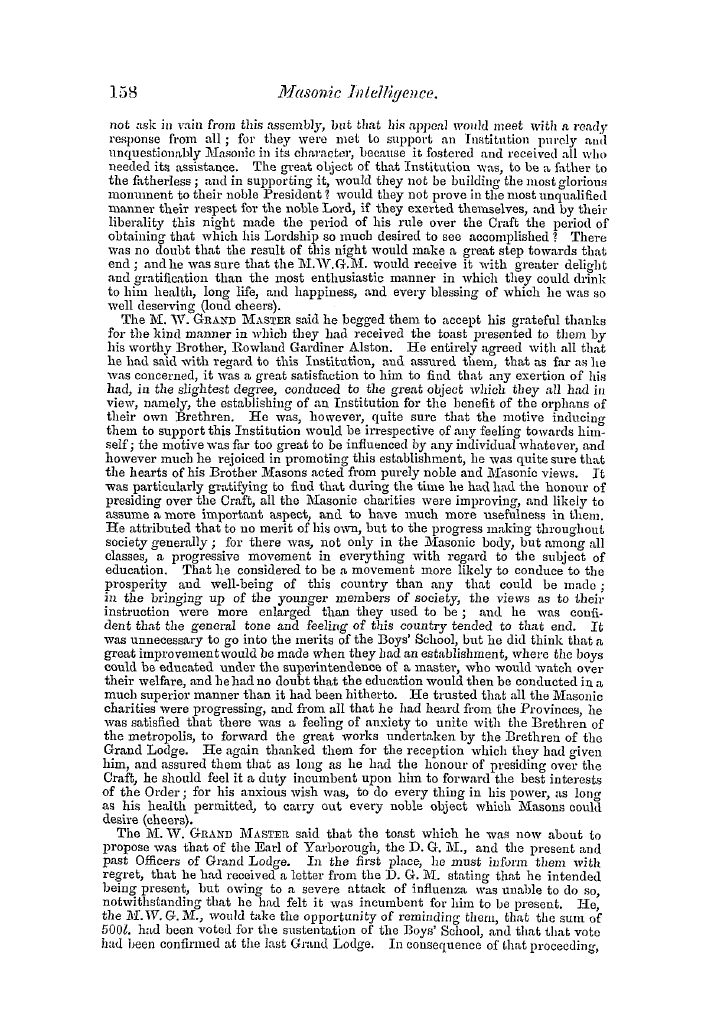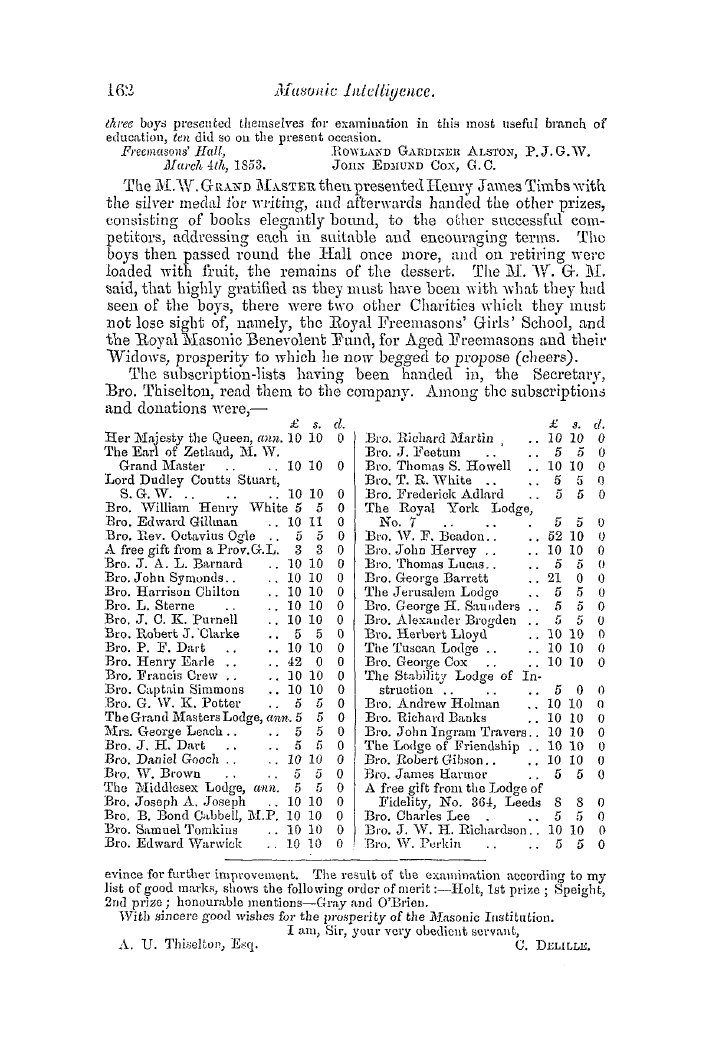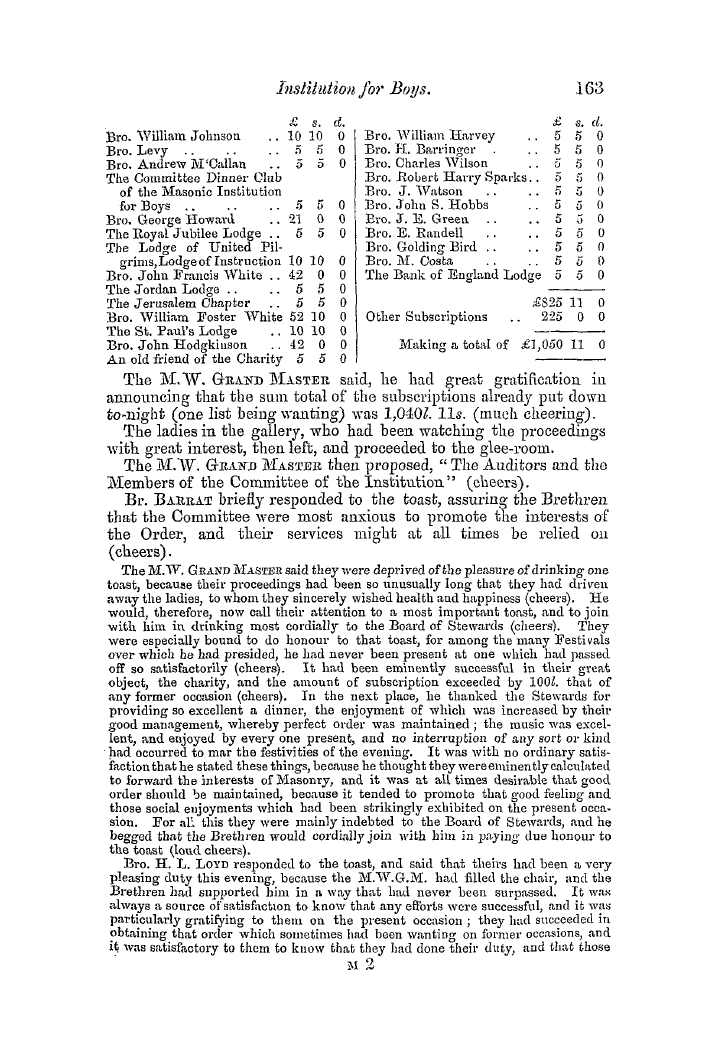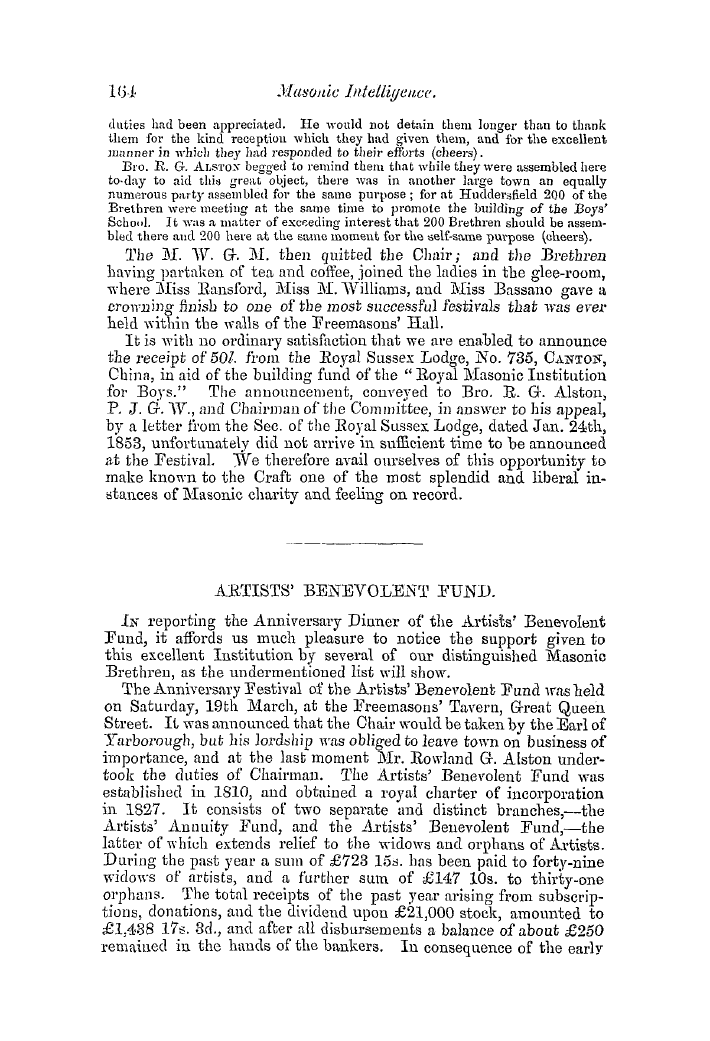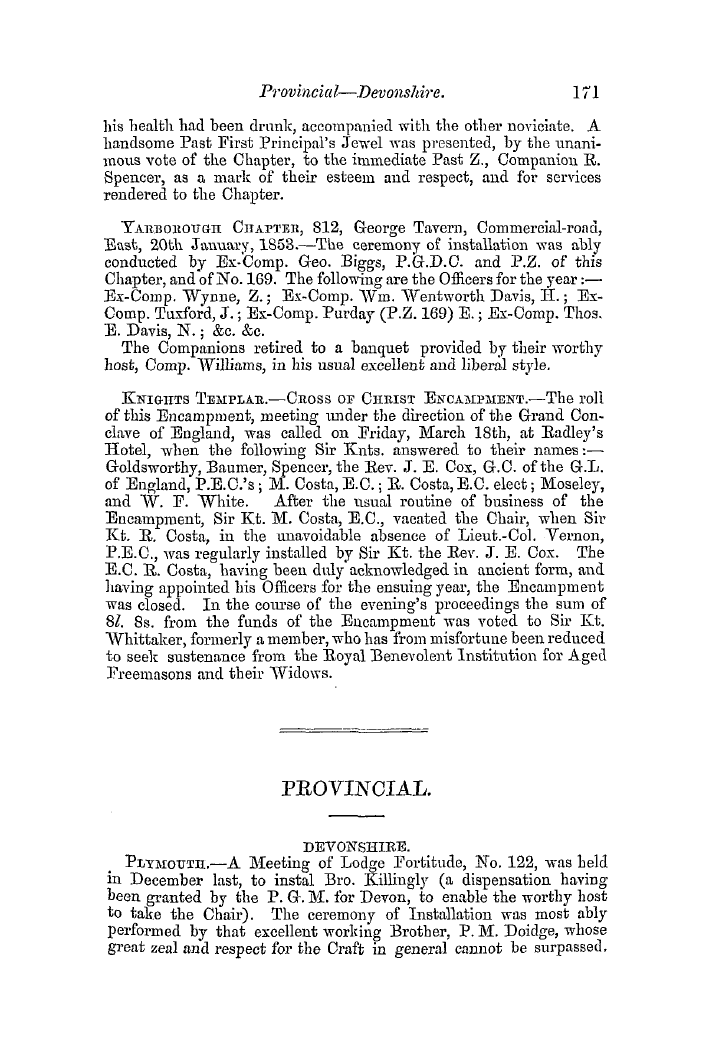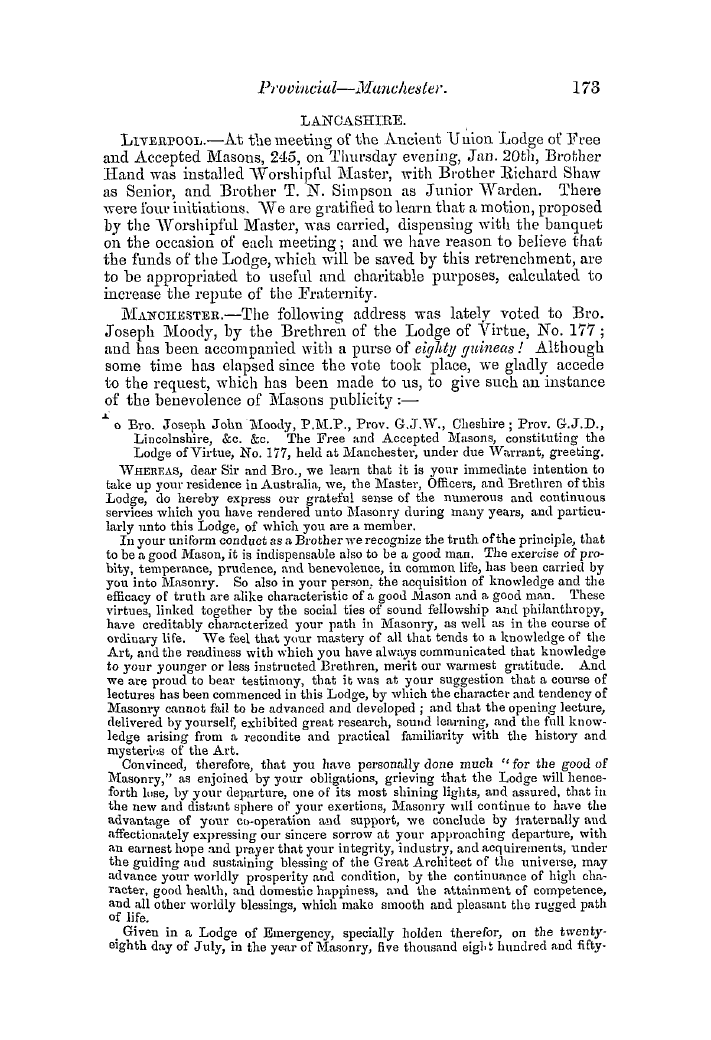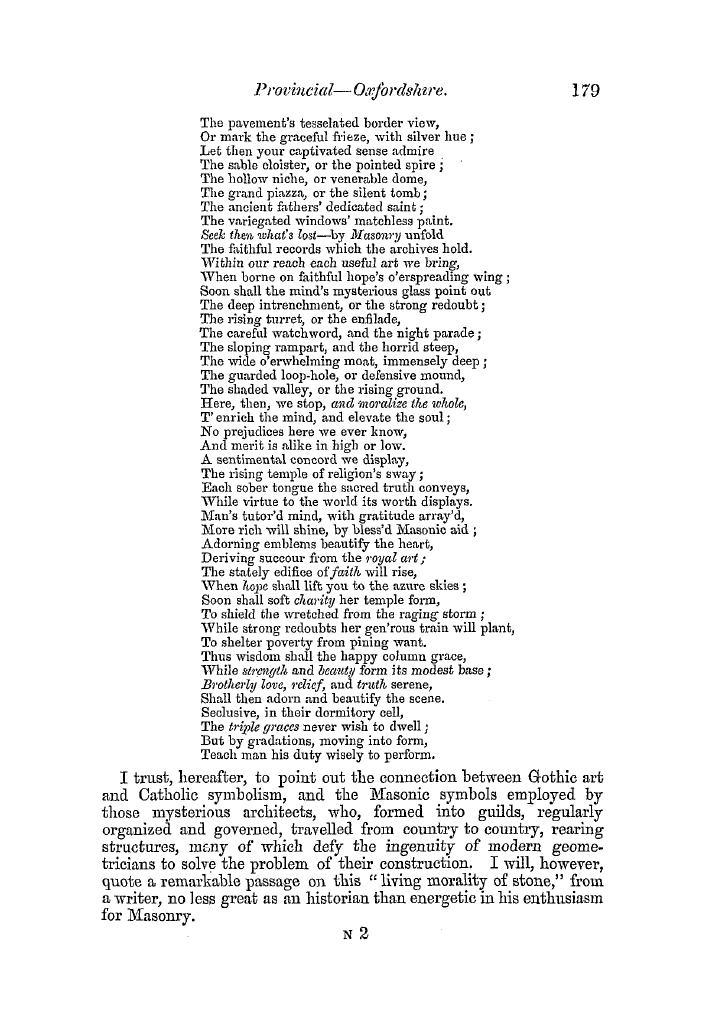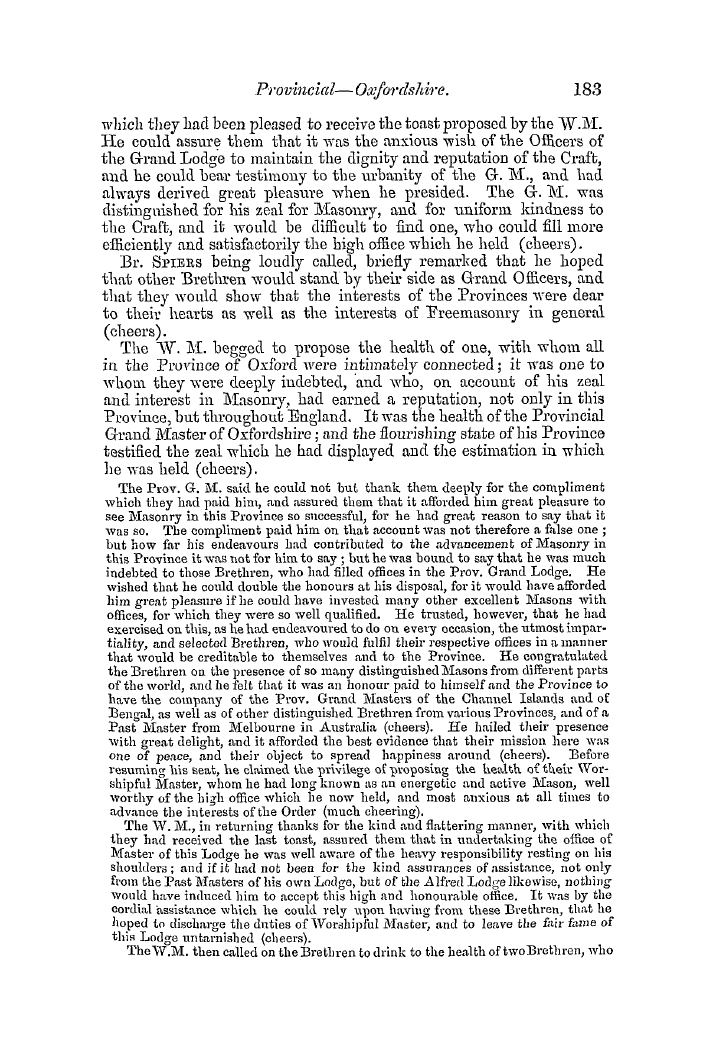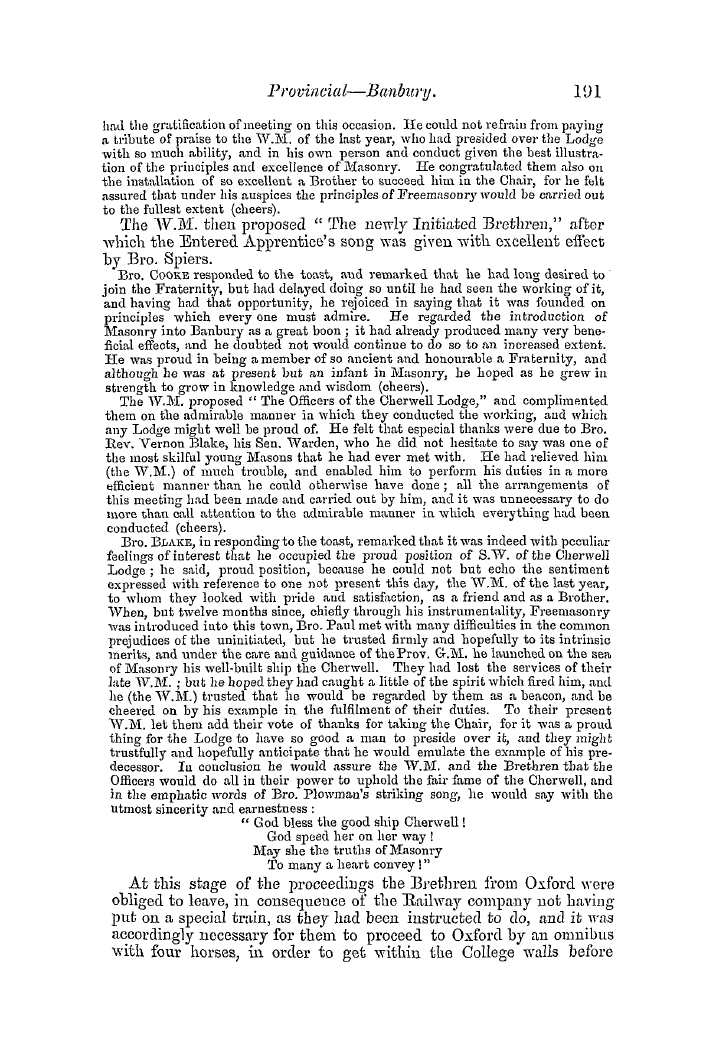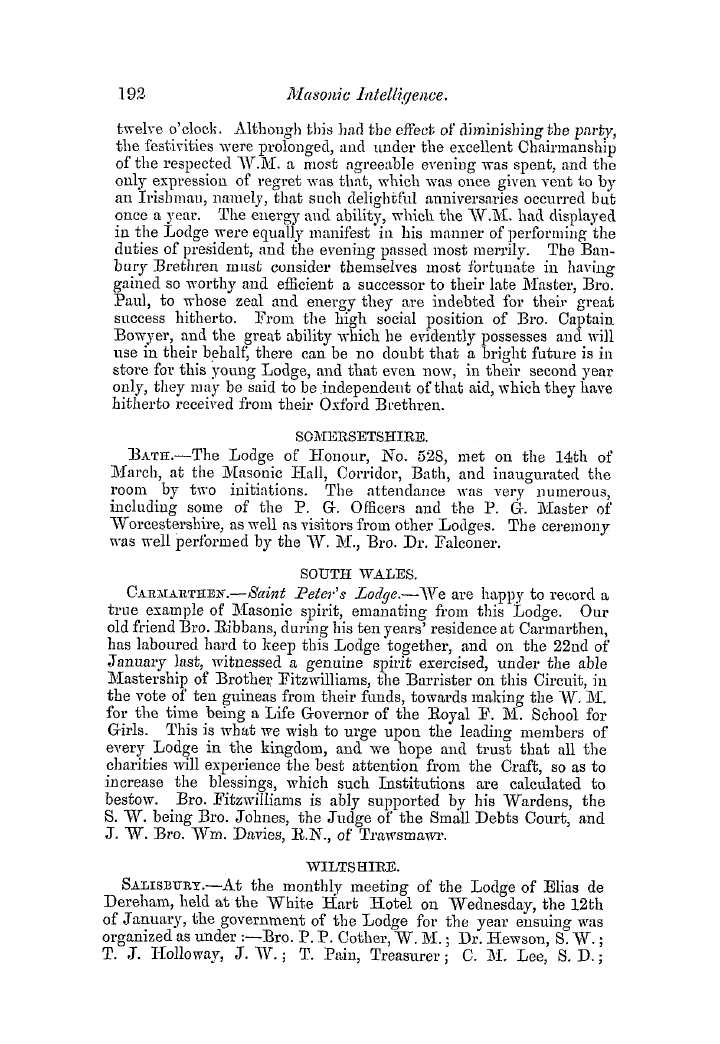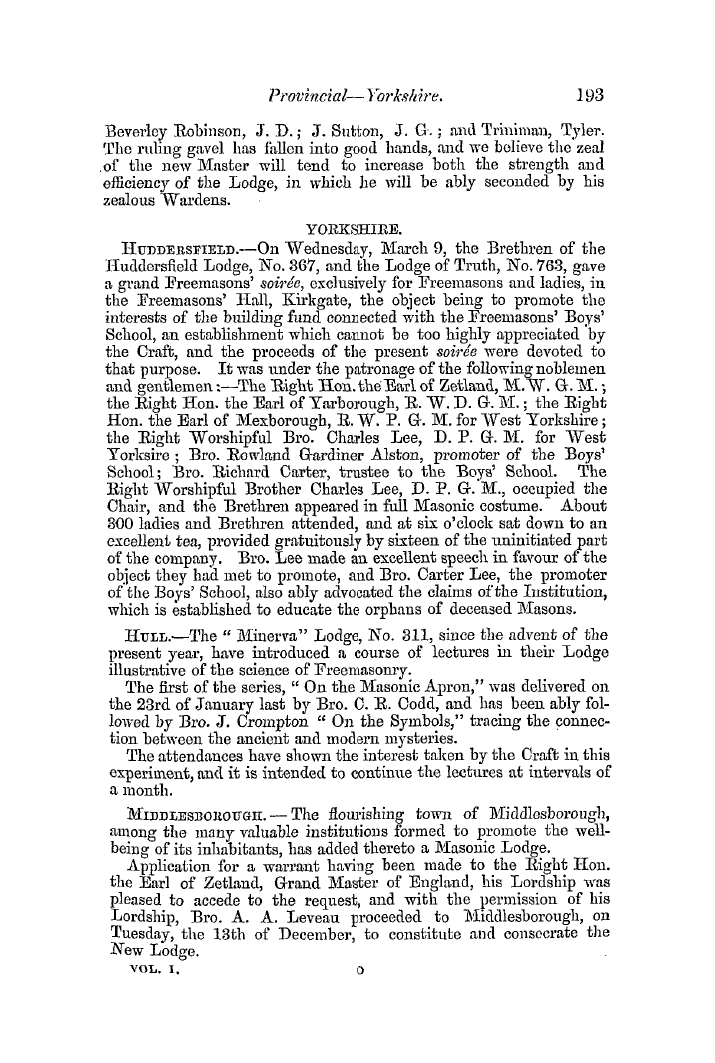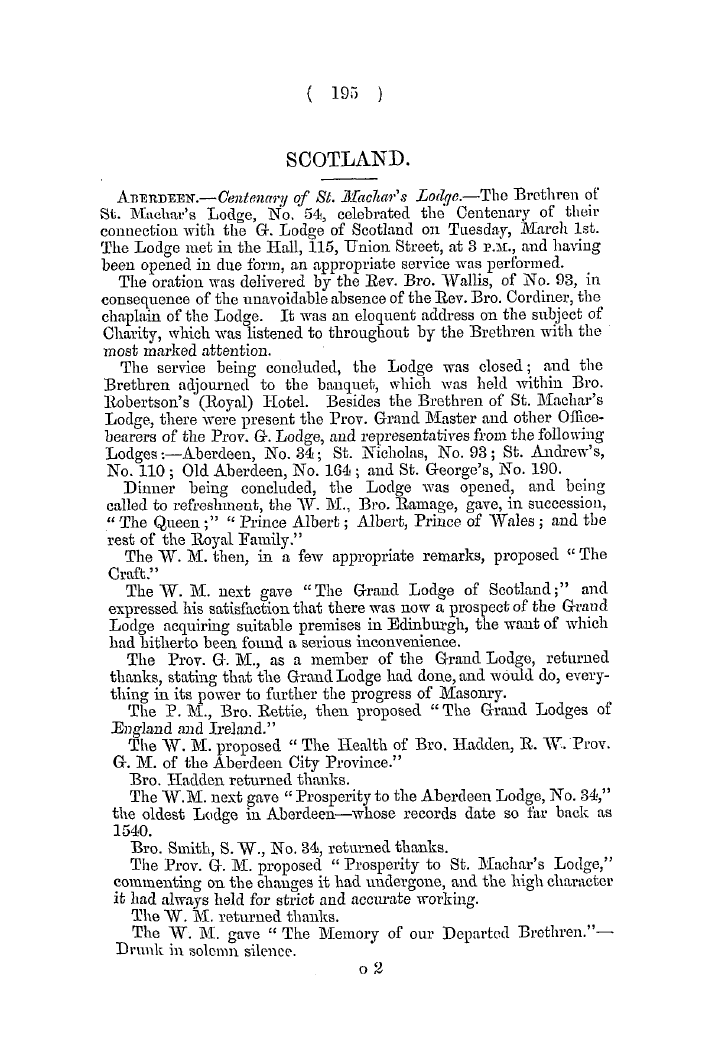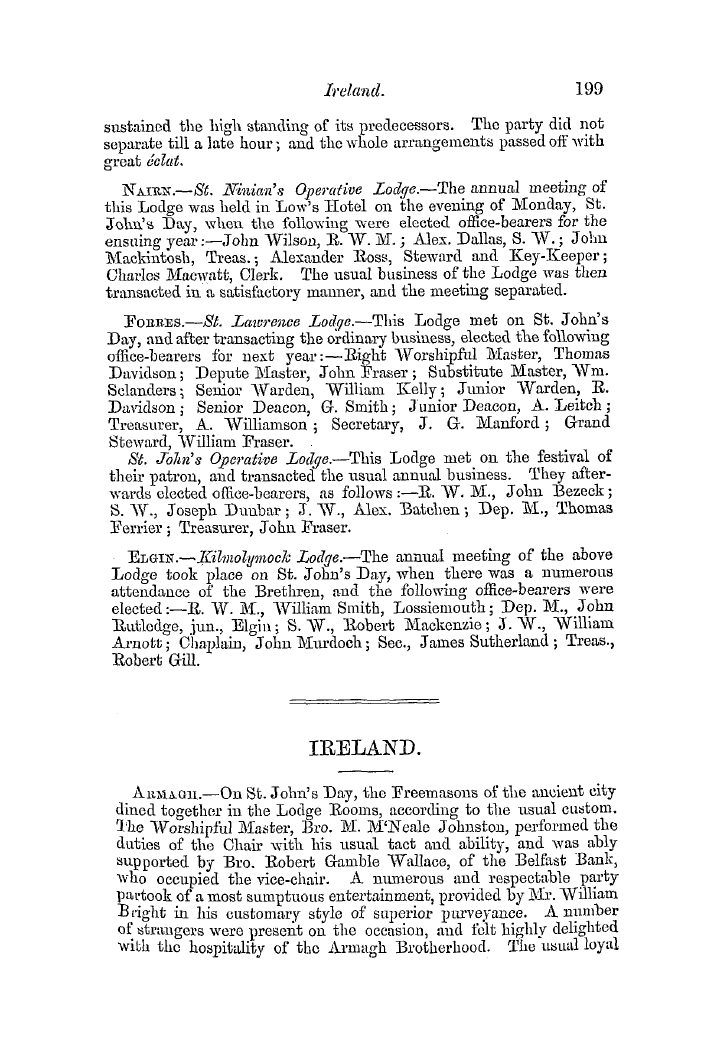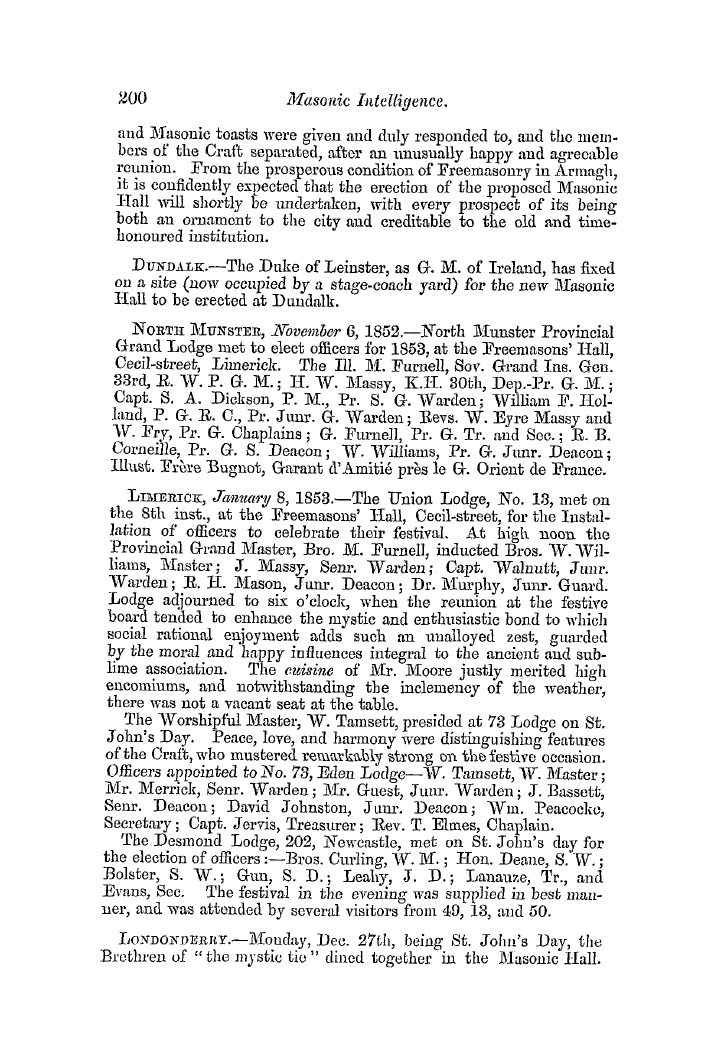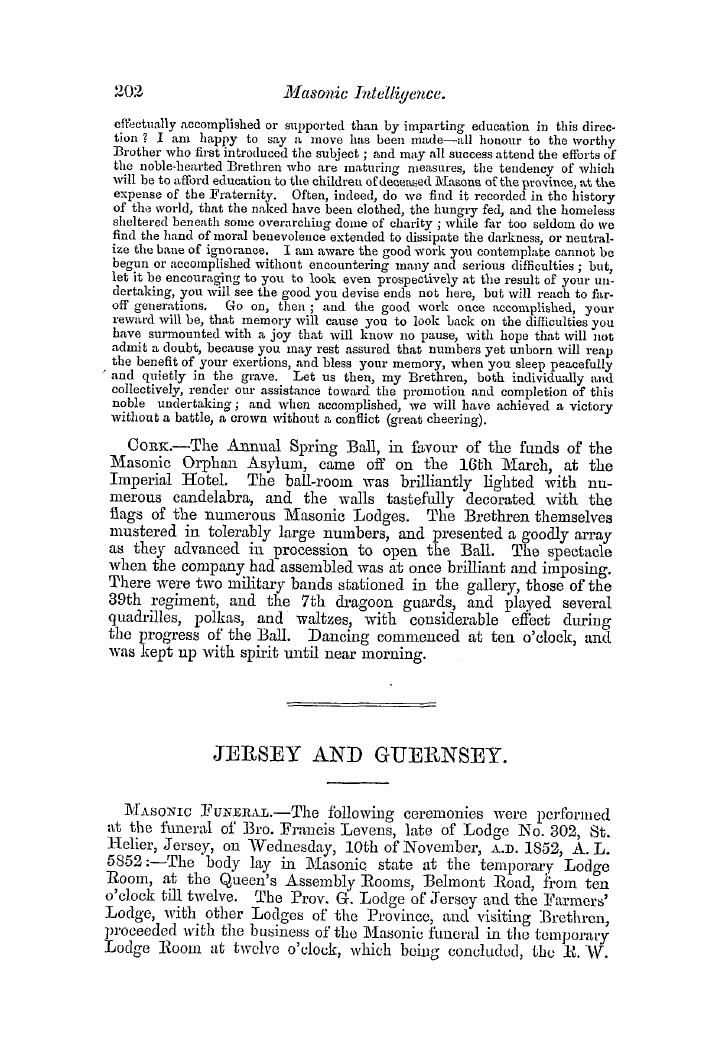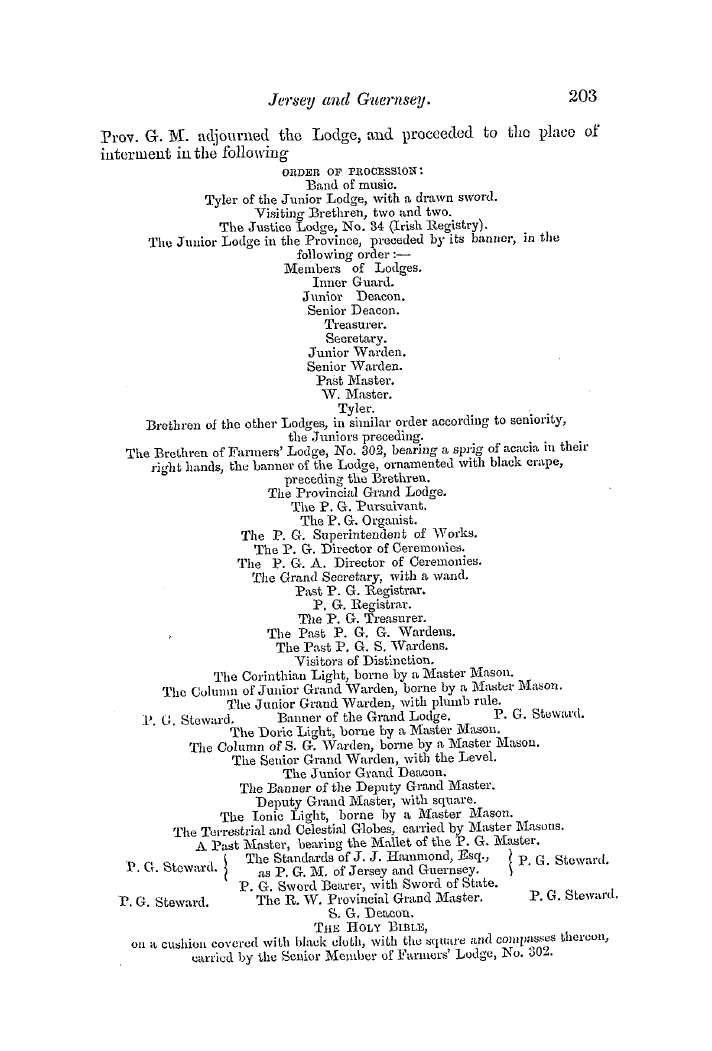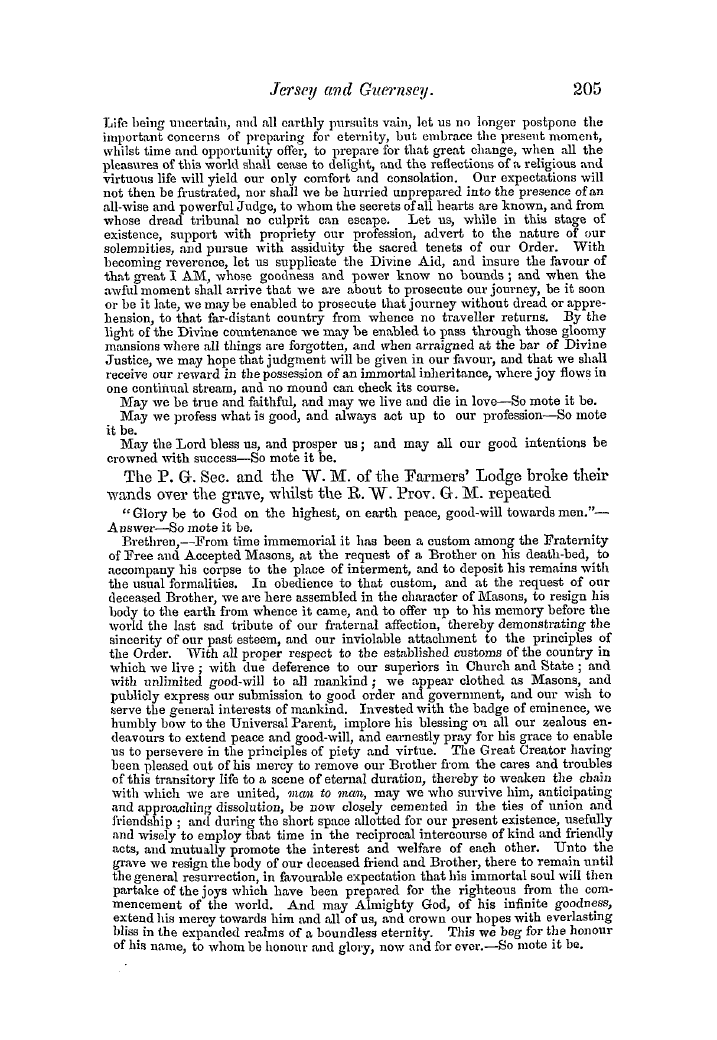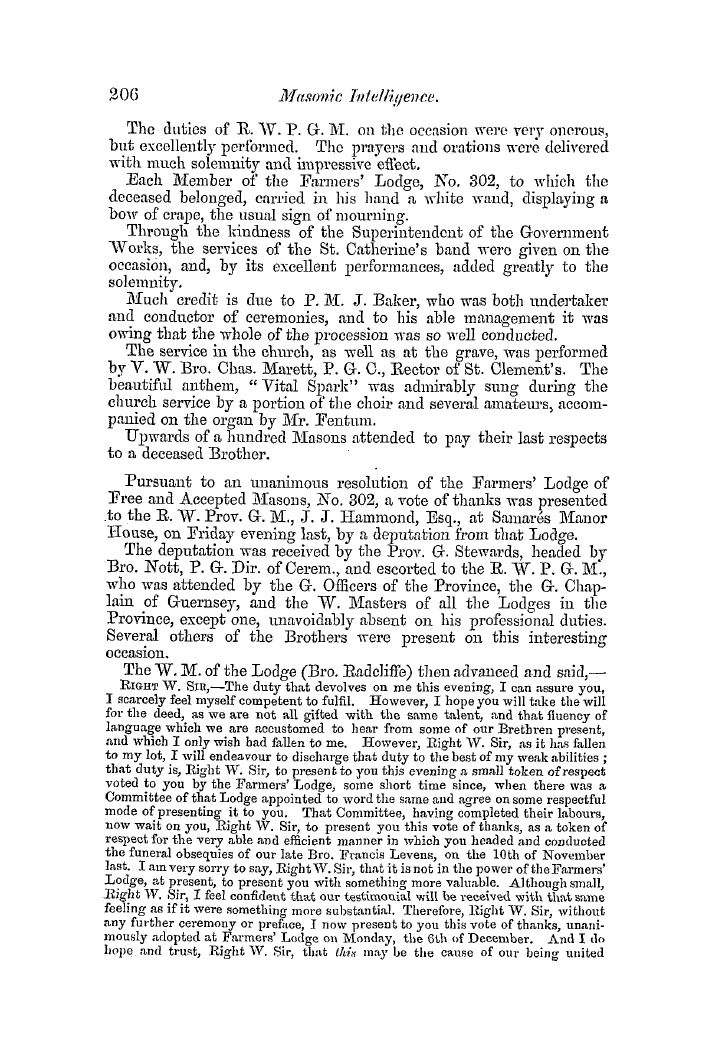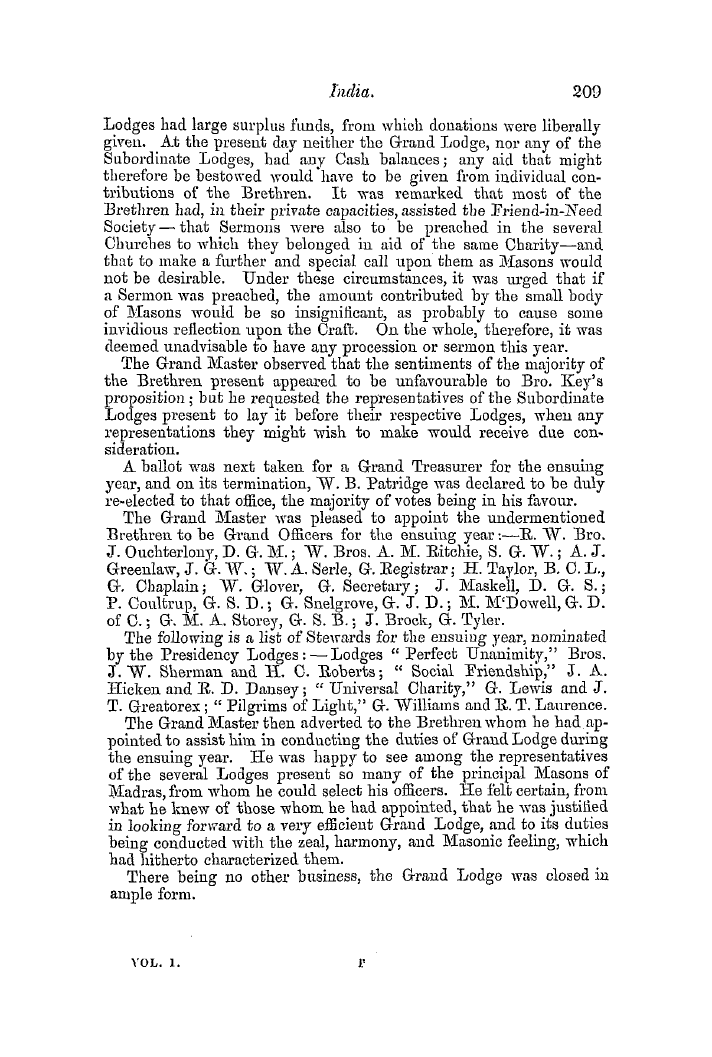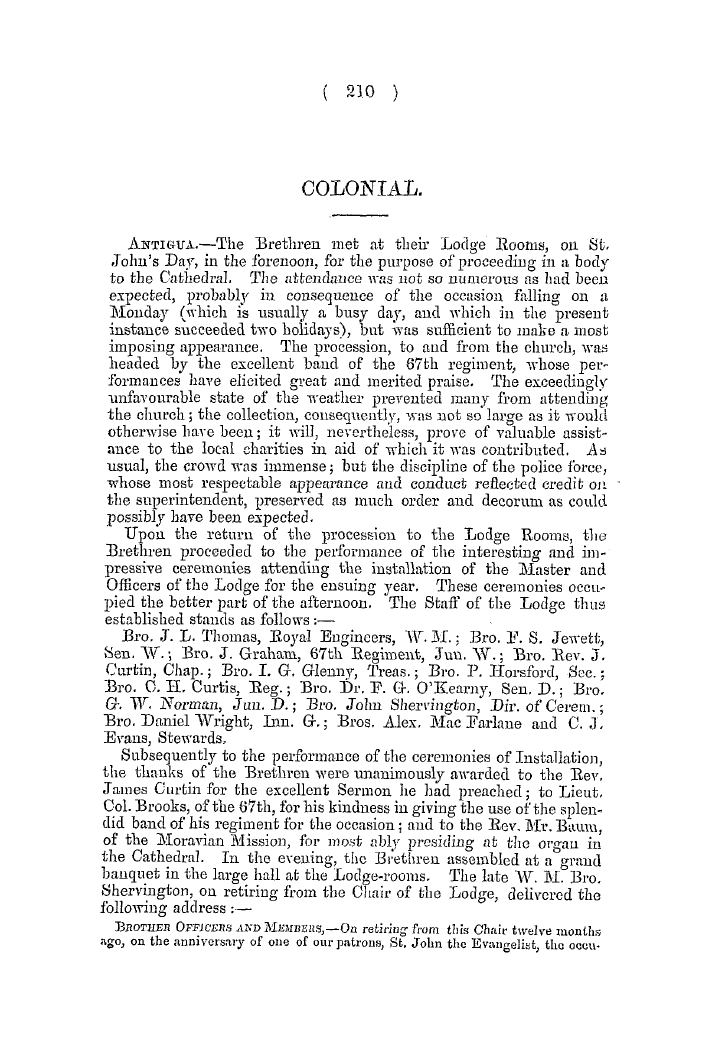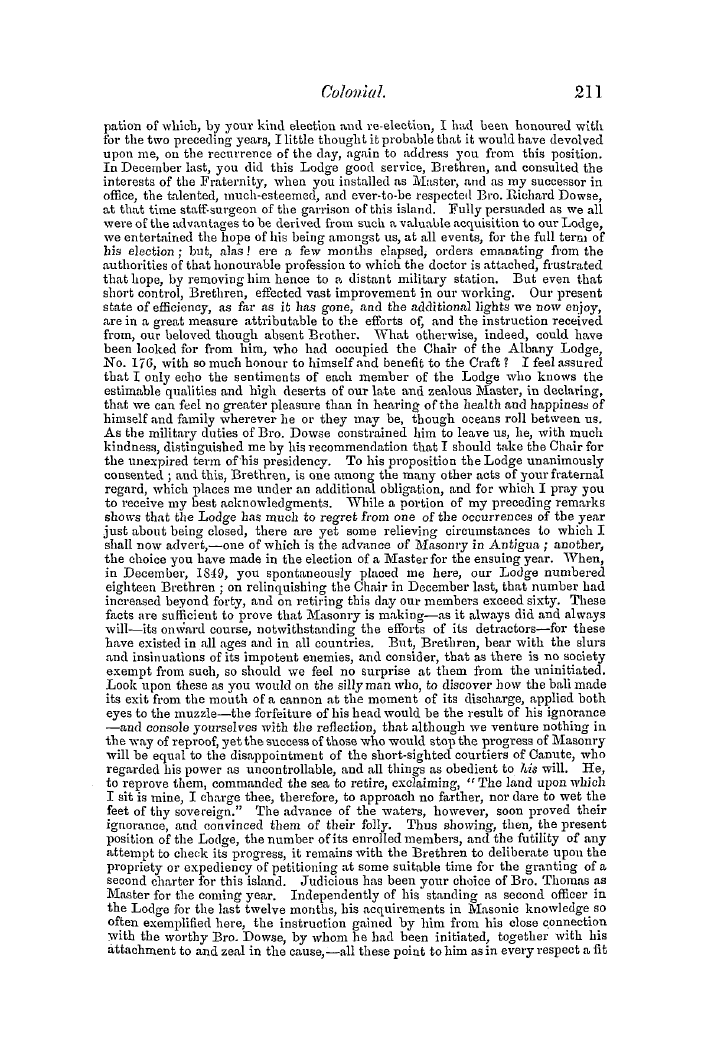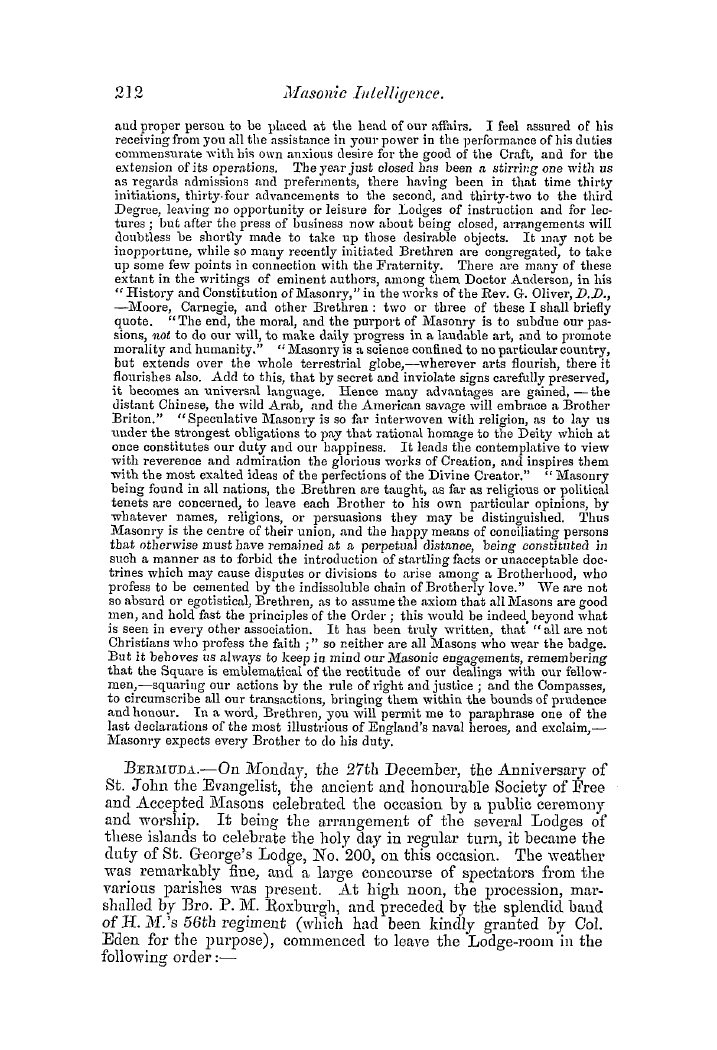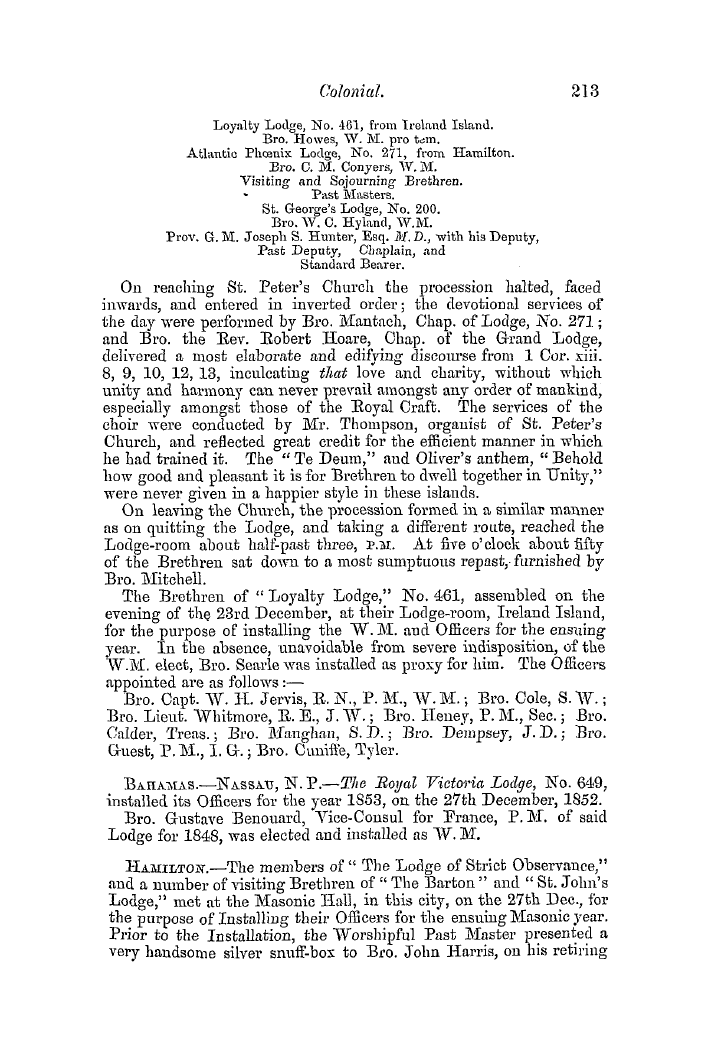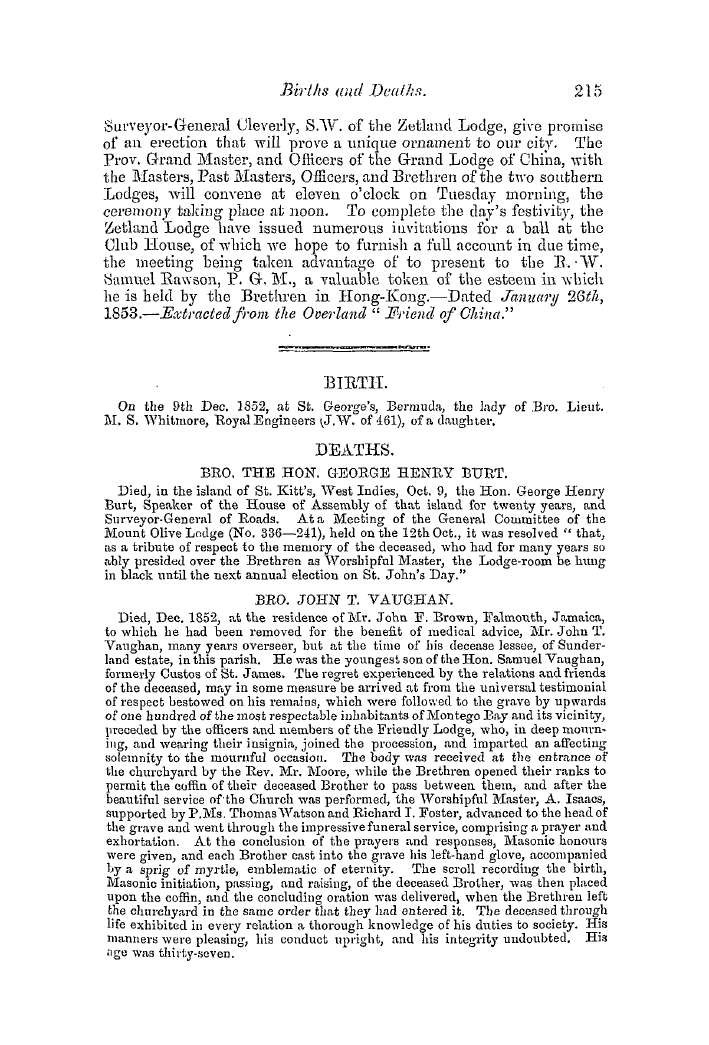Note: This text has been automatically extracted via Optical Character Recognition (OCR) software.
The History Of The Order Of St. John Of Jerusalem*
theme , ex'en his title is evidence in point , AA'here Ave find "The History of St . John of Jerusalem , or Knights Hospitallers , Knights Templars , Knights of Rhodes , Knights of Malta ; " so that from the copulative conjunction an inexperienced reader would be almost induced to believe that the Templars xvere but a section or a synonym of the principal denomination .
In his first two chapters our gallant chevalier gives a succinct revieAv of the state of Europe , in xvhich xve xvere rather startled by the fact , that all the great and good deeds of these times are to be ascribed to the Normans , and a Norman is found in every hero ( p . 3 ) . " That noble-minded nation , who usually take the lead wherever there is anything of great or good to be undertaken . " Danes or Normans are either precisely a single people , or at most , varieties of one race in different places and periods .
On his historic ground he treads against fearful odds ; in our language , for facts ancl for style , against Hume , Gibbon , Mills ; in other countries he must face , to mention only a few , in Germany , AVilken ; in France , Raynouard and Grouvelle , for the Templars ; ancl if he admit their guilt , Dupuy xvith Nicolai and Herder in Germany , ancl that most whimsical of calumniators , Joseph A ^ on Hammer , noxv Baron of Purgstall , followed
by Clarkson in Billing ' s History of the Temple Church . But on his principal theme and favourite Order of the Hospitallers he has to encounter the Abbe Vertot , himself a host , and for the more recent period , Boisgelin to 1804 ; what remains subsequently to be told may be summed up nearly in the efforts of the author ( vol . iv ., p . 228 ) to induce a son of the Archduke
Charles to become Grand Master , and an almost eleemosynary petition for the old gentlemen xvho noxv compose the Order , located with their present luogo-tenente Colloredo in the ancient Embassy at Rome ( p . 227 ) : " And equitable it is , and pious and fitting , that younger members , AA'herever stationed , should squeeze their means a little for the purpose of rendering the age of their superiors as pleasing and as honourable as
possible . It is at the third chapter that the author takes up the proper subject of this history . After the capture of Jerusalem , 15 th July , 1099 ( this important date is wanting in the book ) , we have , as the next subject of interest , naturally the foundation of his Orderand if xve go more fullinto his details on itxve
, y , do so because he advocates in the absence of any certain relation , a theory totally different from the best and official historiographers , even from A ertot , xvho undertook his valuable compilation at the desire of the Grand Chapter of the Order , and xvith
Note: This text has been automatically extracted via Optical Character Recognition (OCR) software.
The History Of The Order Of St. John Of Jerusalem*
theme , ex'en his title is evidence in point , AA'here Ave find "The History of St . John of Jerusalem , or Knights Hospitallers , Knights Templars , Knights of Rhodes , Knights of Malta ; " so that from the copulative conjunction an inexperienced reader would be almost induced to believe that the Templars xvere but a section or a synonym of the principal denomination .
In his first two chapters our gallant chevalier gives a succinct revieAv of the state of Europe , in xvhich xve xvere rather startled by the fact , that all the great and good deeds of these times are to be ascribed to the Normans , and a Norman is found in every hero ( p . 3 ) . " That noble-minded nation , who usually take the lead wherever there is anything of great or good to be undertaken . " Danes or Normans are either precisely a single people , or at most , varieties of one race in different places and periods .
On his historic ground he treads against fearful odds ; in our language , for facts ancl for style , against Hume , Gibbon , Mills ; in other countries he must face , to mention only a few , in Germany , AVilken ; in France , Raynouard and Grouvelle , for the Templars ; ancl if he admit their guilt , Dupuy xvith Nicolai and Herder in Germany , ancl that most whimsical of calumniators , Joseph A ^ on Hammer , noxv Baron of Purgstall , followed
by Clarkson in Billing ' s History of the Temple Church . But on his principal theme and favourite Order of the Hospitallers he has to encounter the Abbe Vertot , himself a host , and for the more recent period , Boisgelin to 1804 ; what remains subsequently to be told may be summed up nearly in the efforts of the author ( vol . iv ., p . 228 ) to induce a son of the Archduke
Charles to become Grand Master , and an almost eleemosynary petition for the old gentlemen xvho noxv compose the Order , located with their present luogo-tenente Colloredo in the ancient Embassy at Rome ( p . 227 ) : " And equitable it is , and pious and fitting , that younger members , AA'herever stationed , should squeeze their means a little for the purpose of rendering the age of their superiors as pleasing and as honourable as
possible . It is at the third chapter that the author takes up the proper subject of this history . After the capture of Jerusalem , 15 th July , 1099 ( this important date is wanting in the book ) , we have , as the next subject of interest , naturally the foundation of his Orderand if xve go more fullinto his details on itxve
, y , do so because he advocates in the absence of any certain relation , a theory totally different from the best and official historiographers , even from A ertot , xvho undertook his valuable compilation at the desire of the Grand Chapter of the Order , and xvith


































































